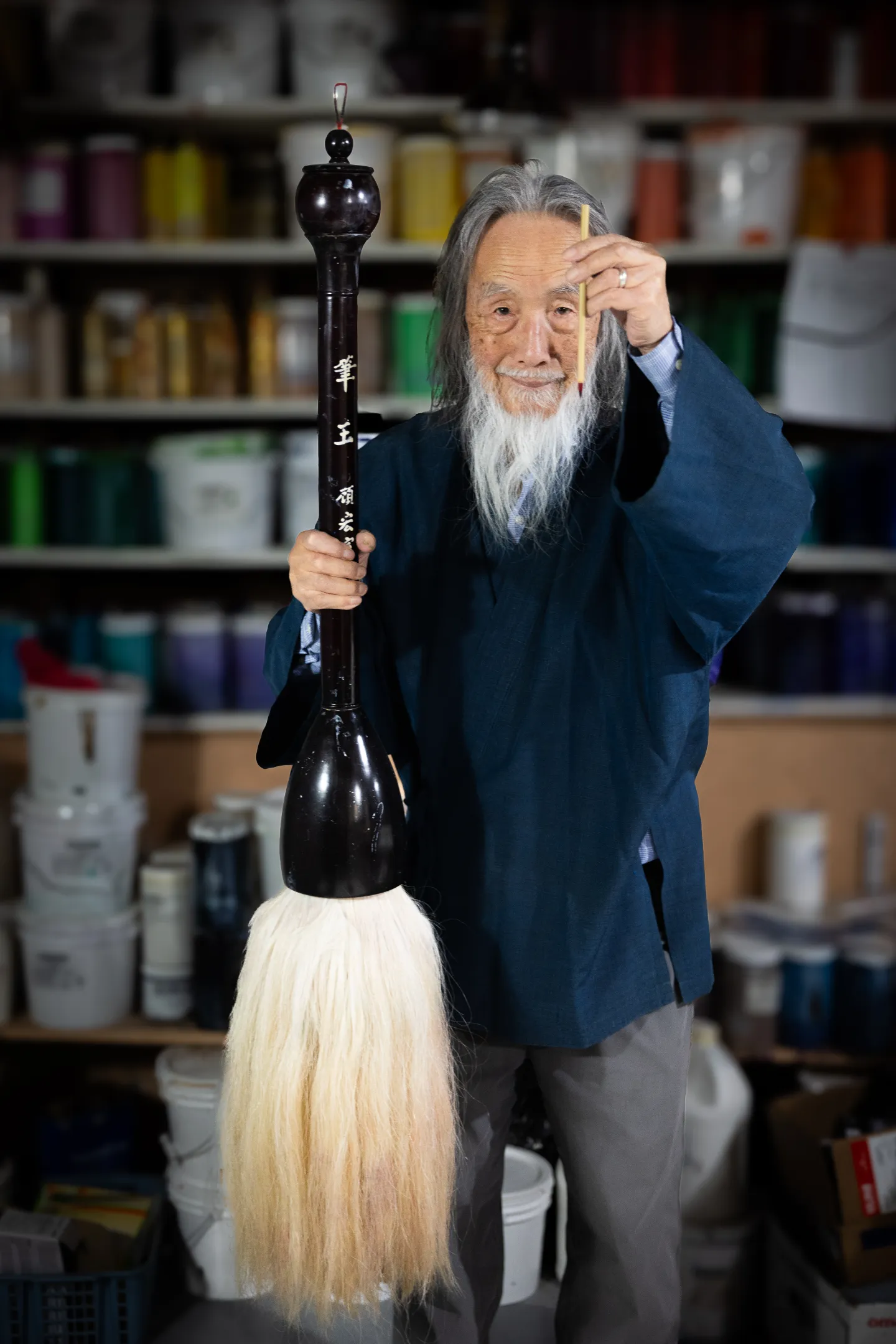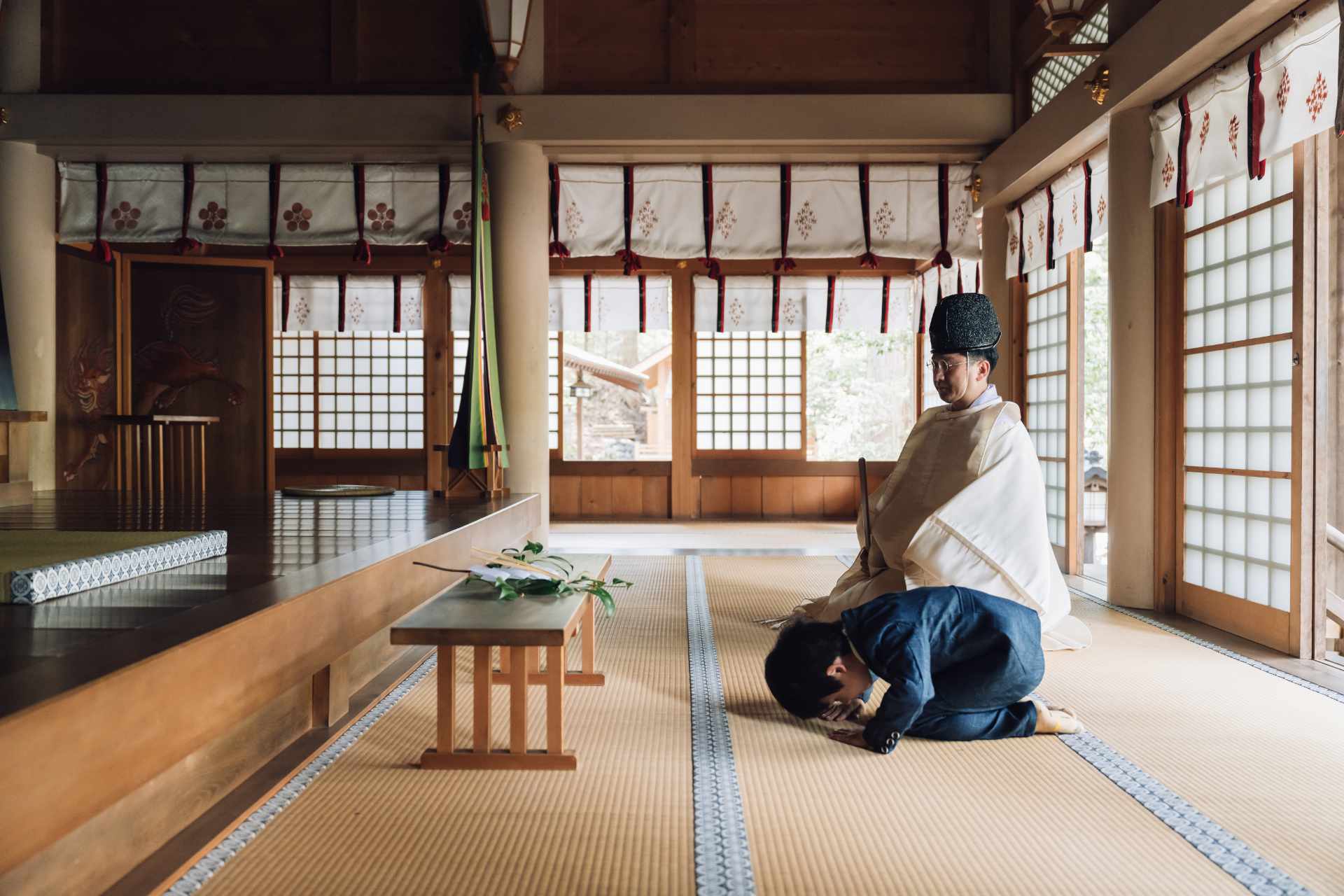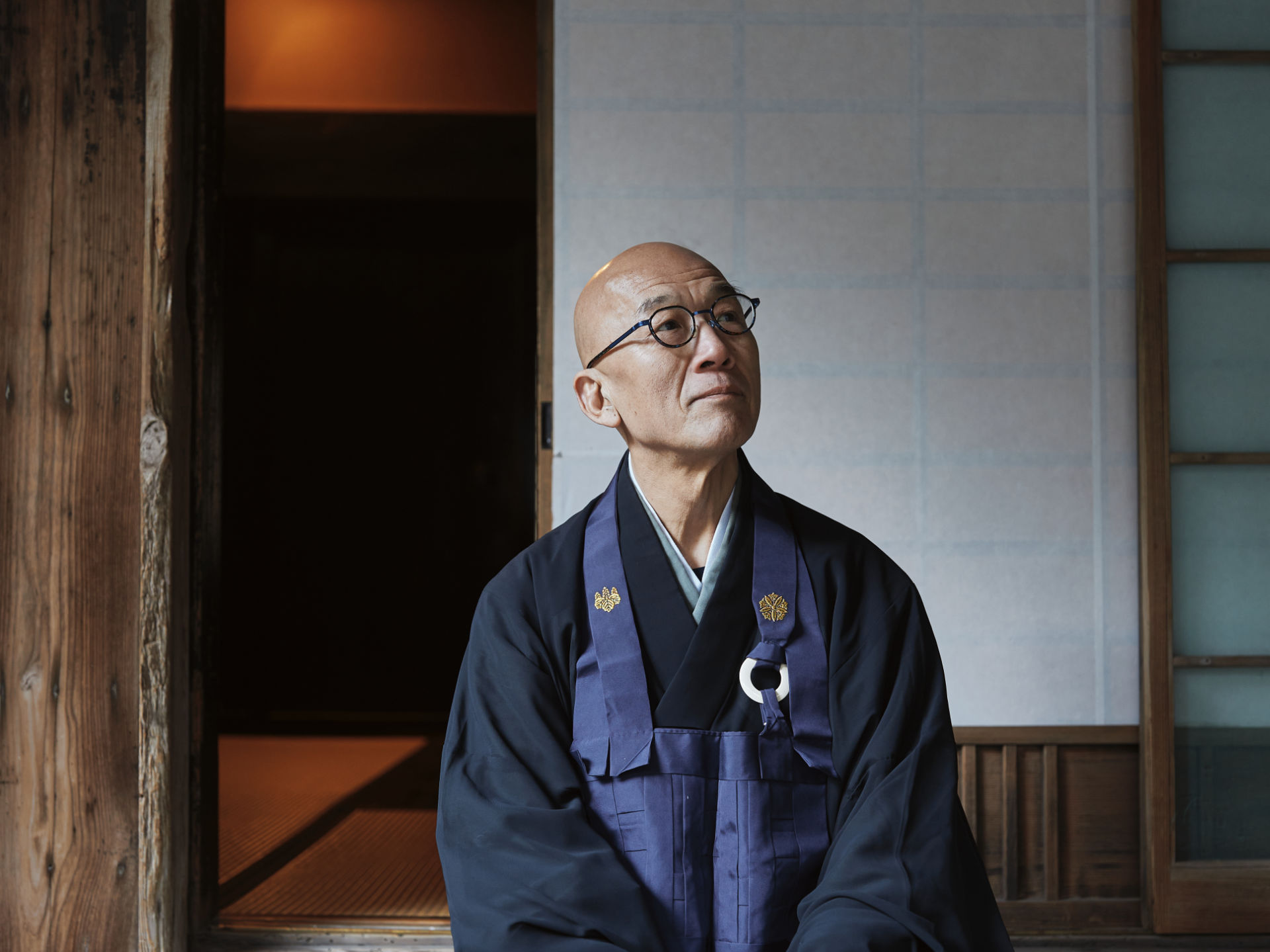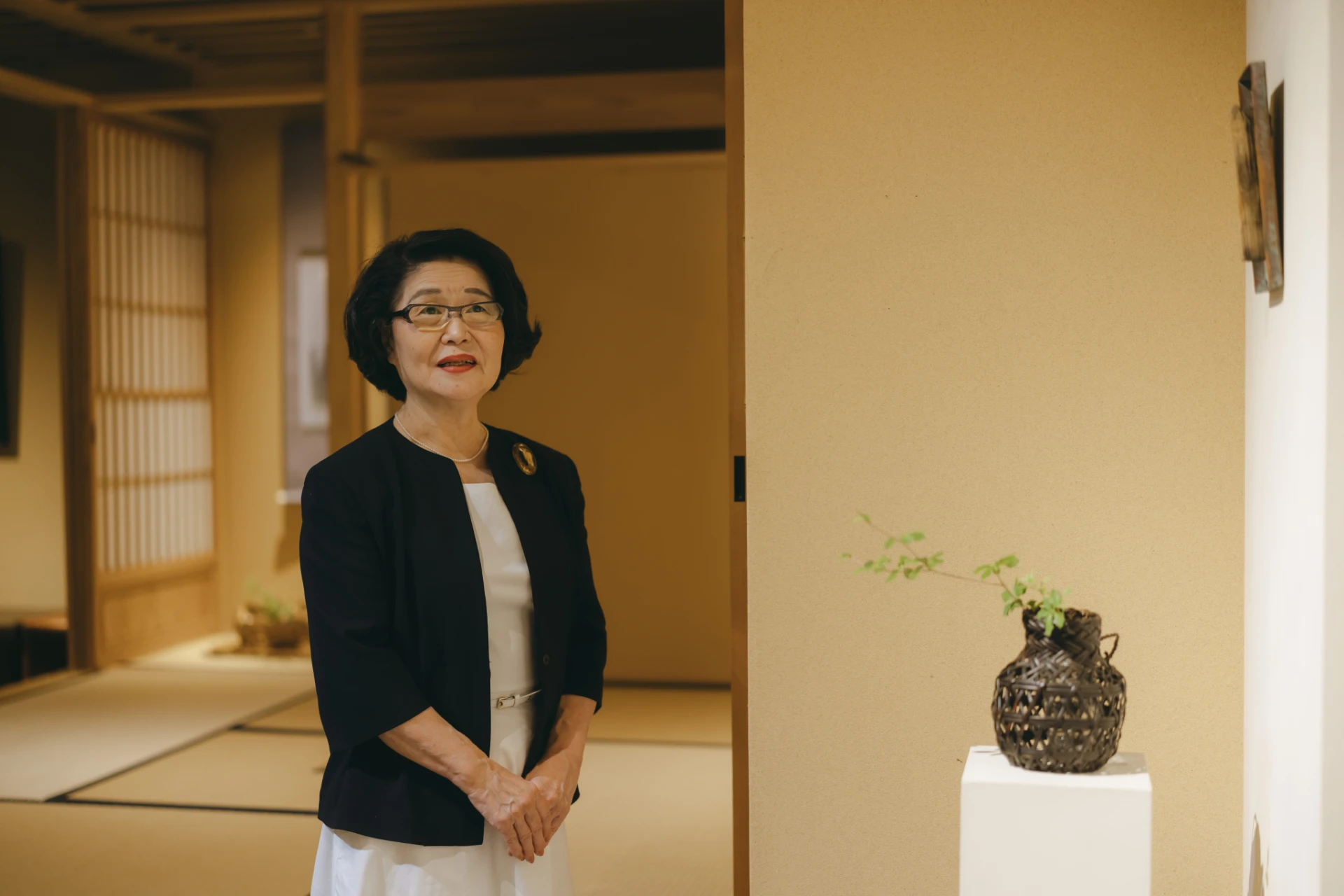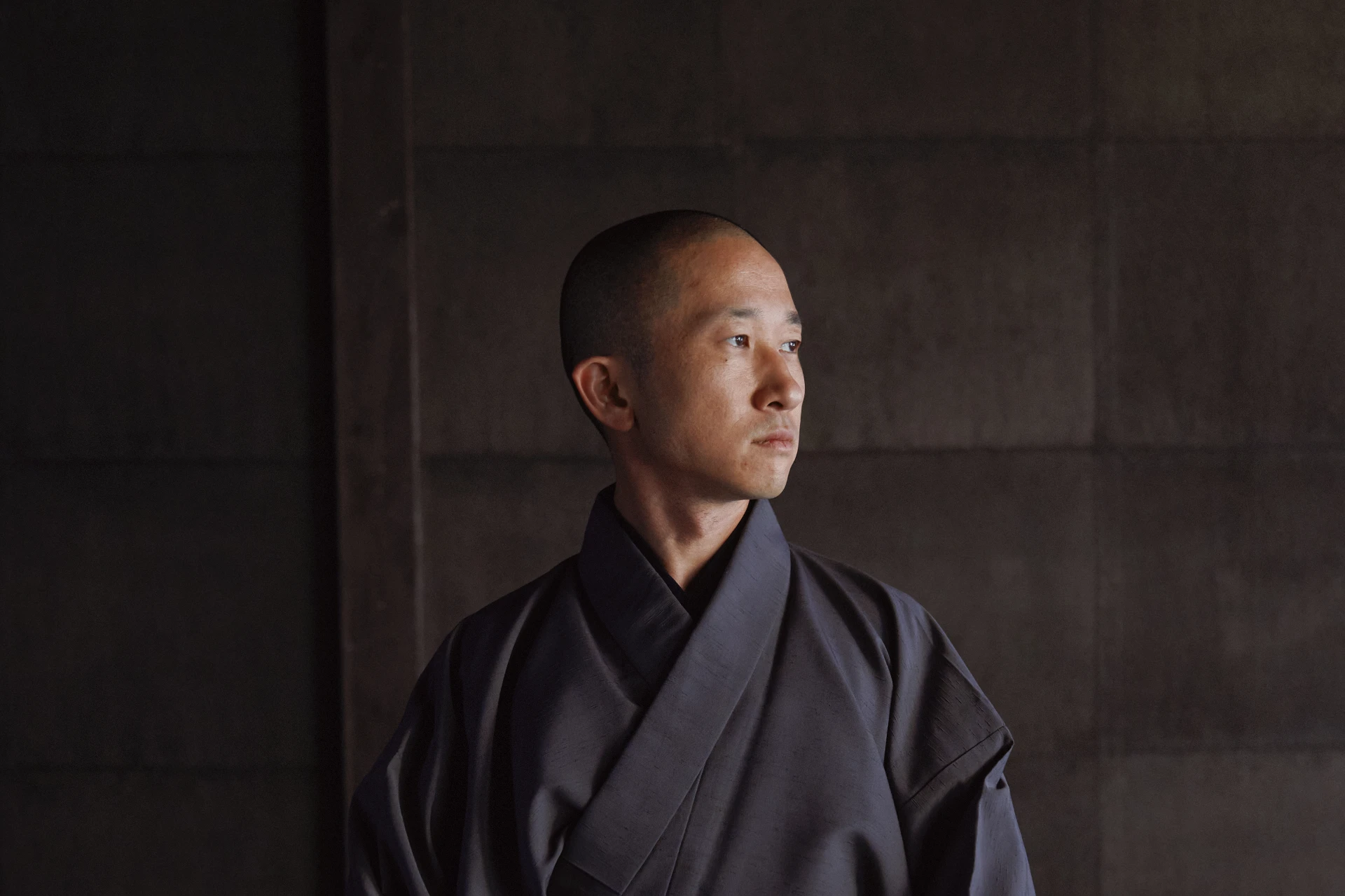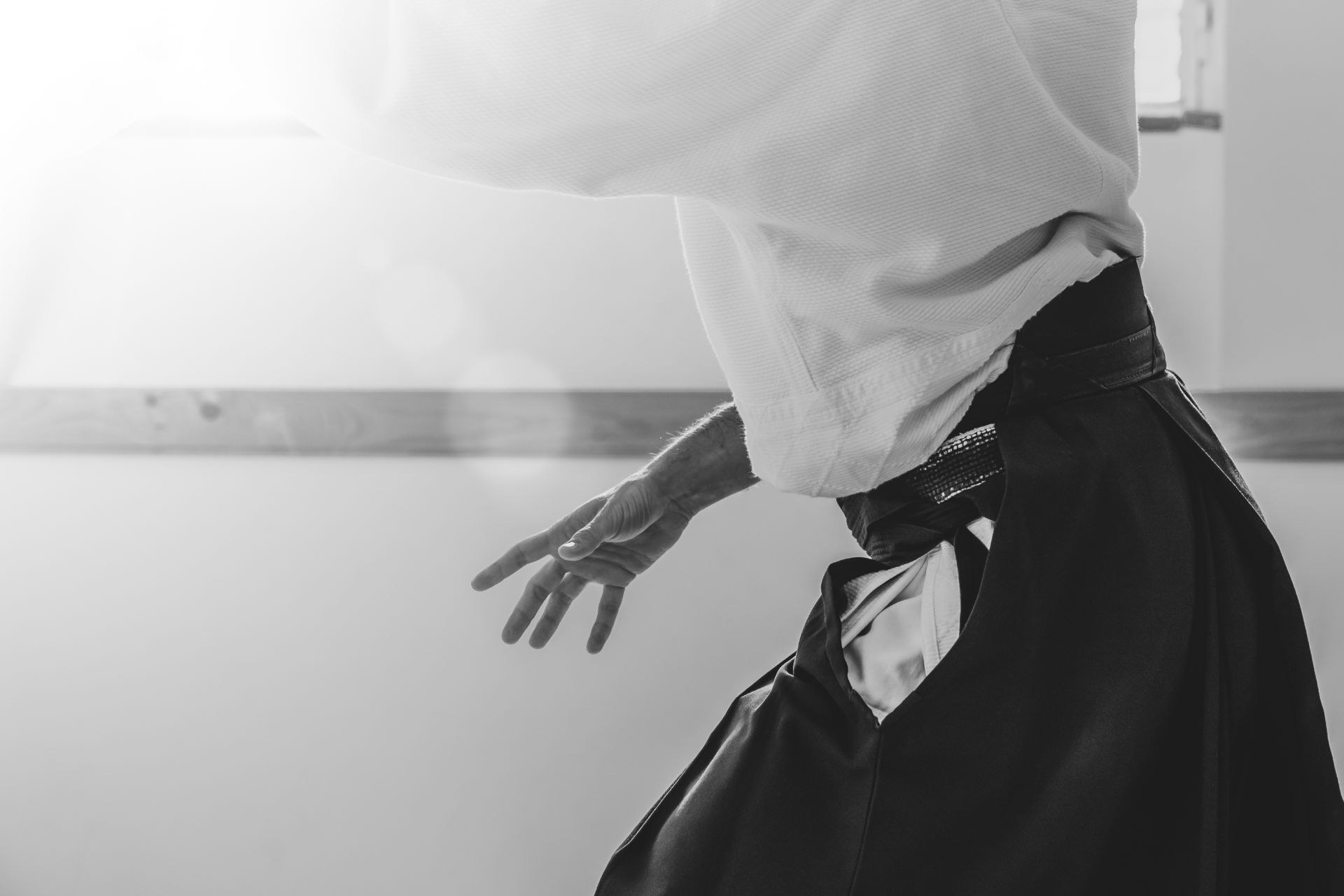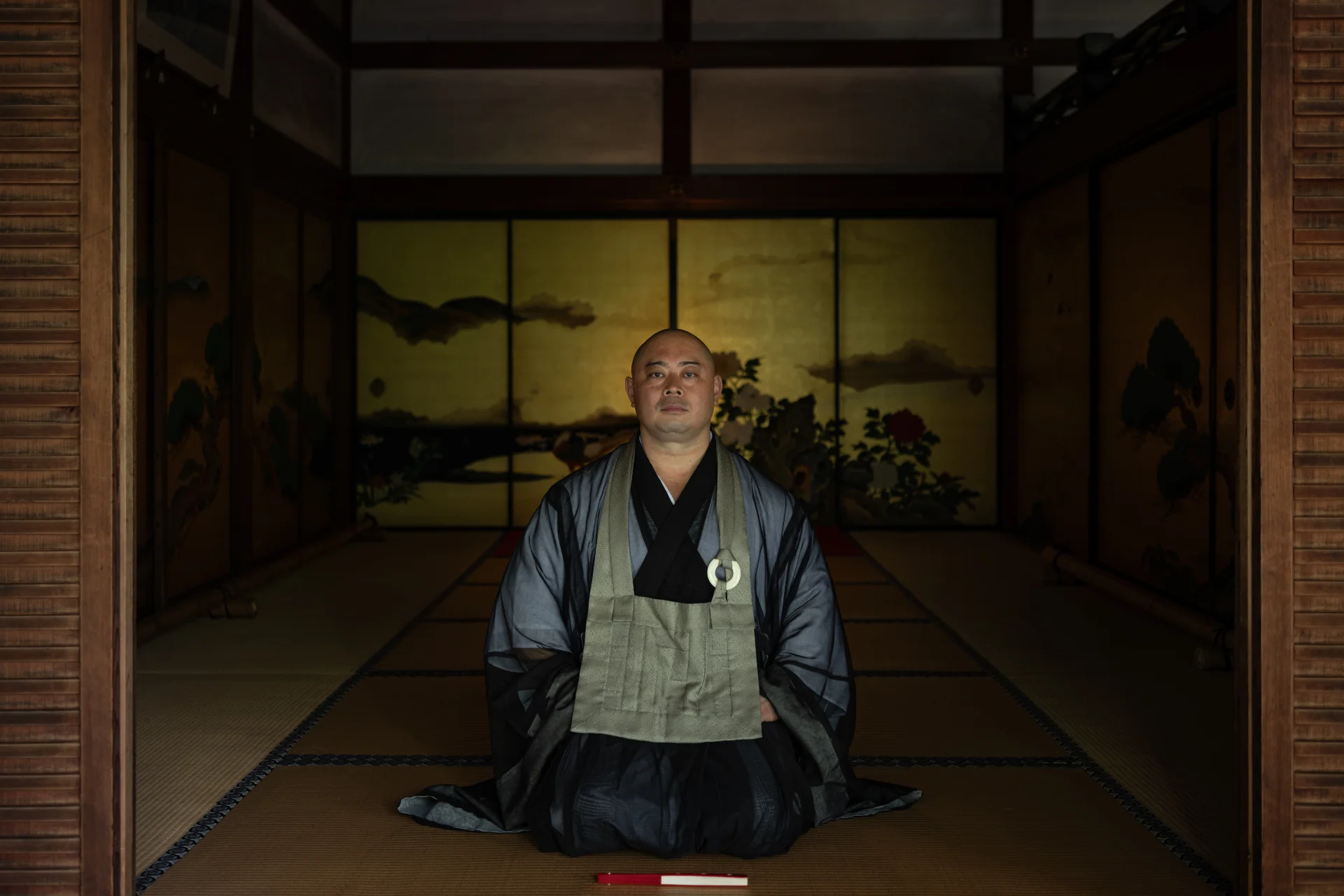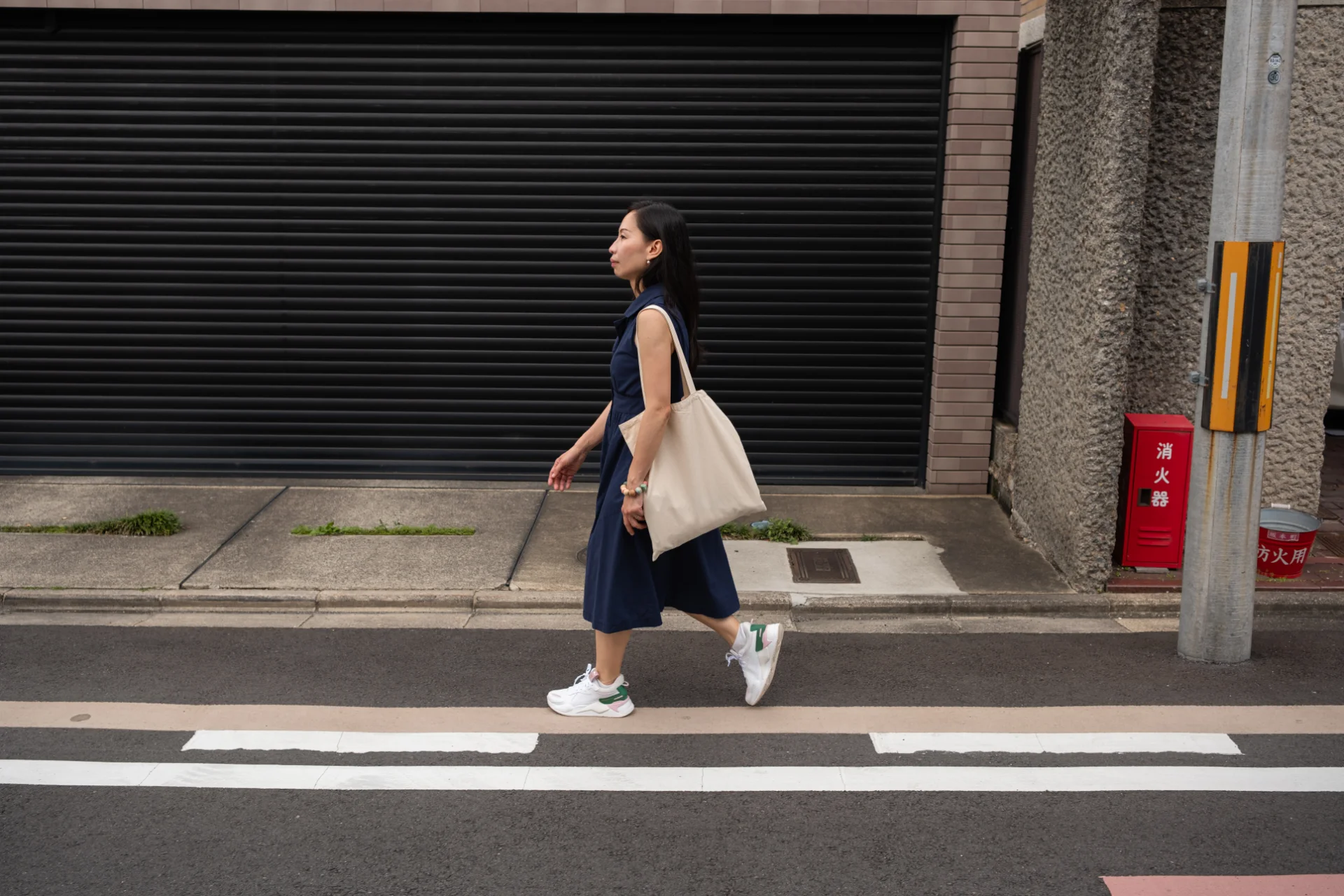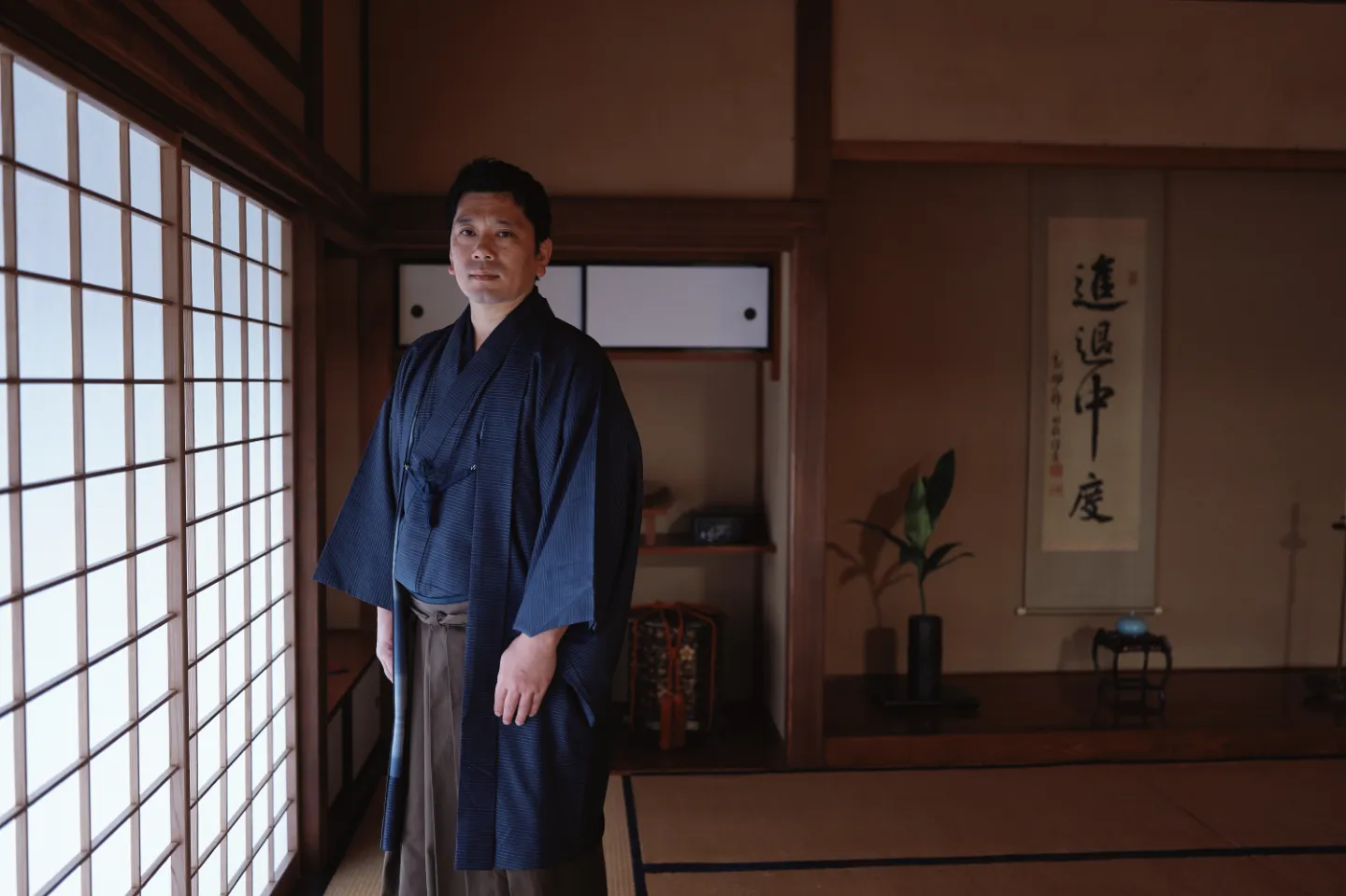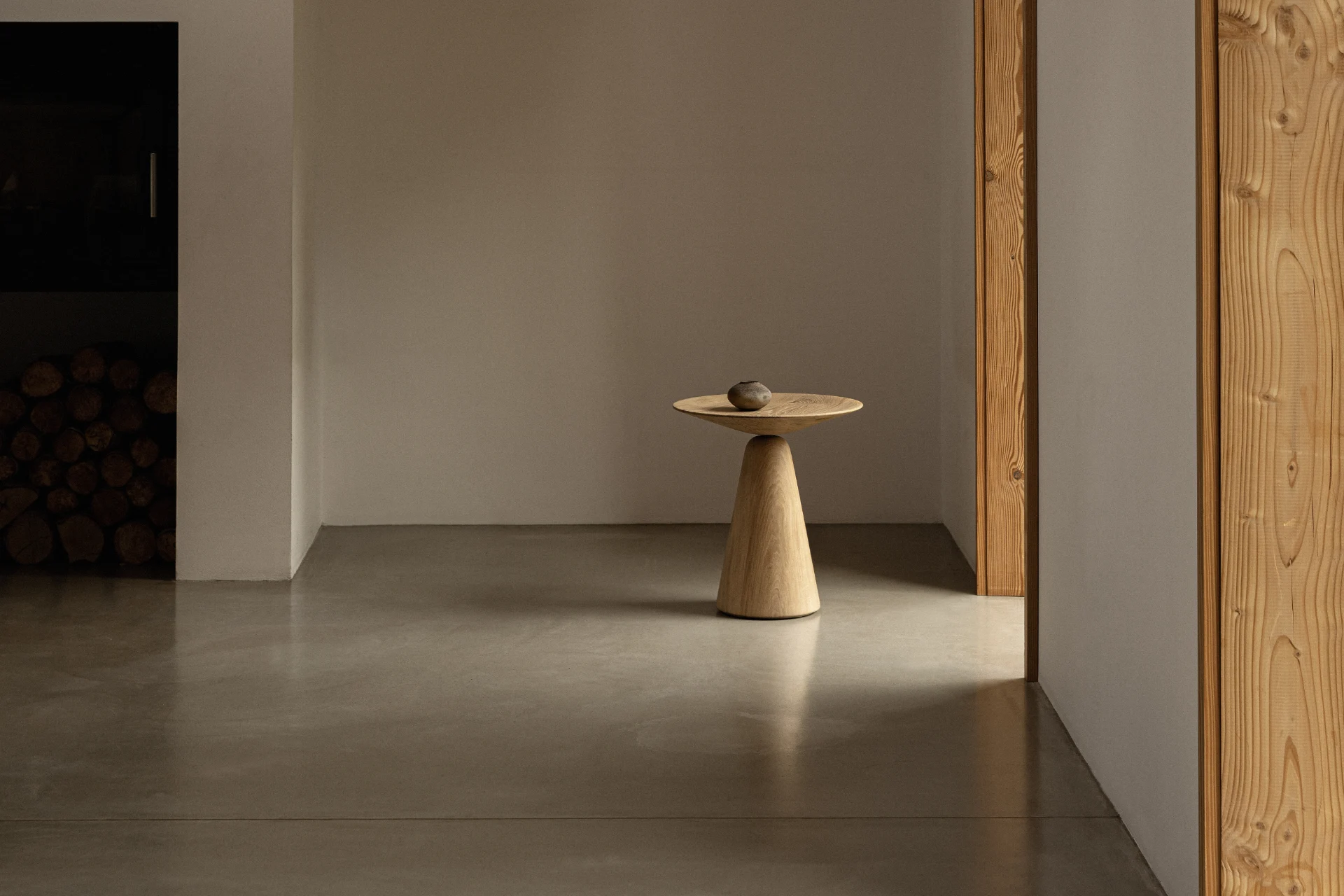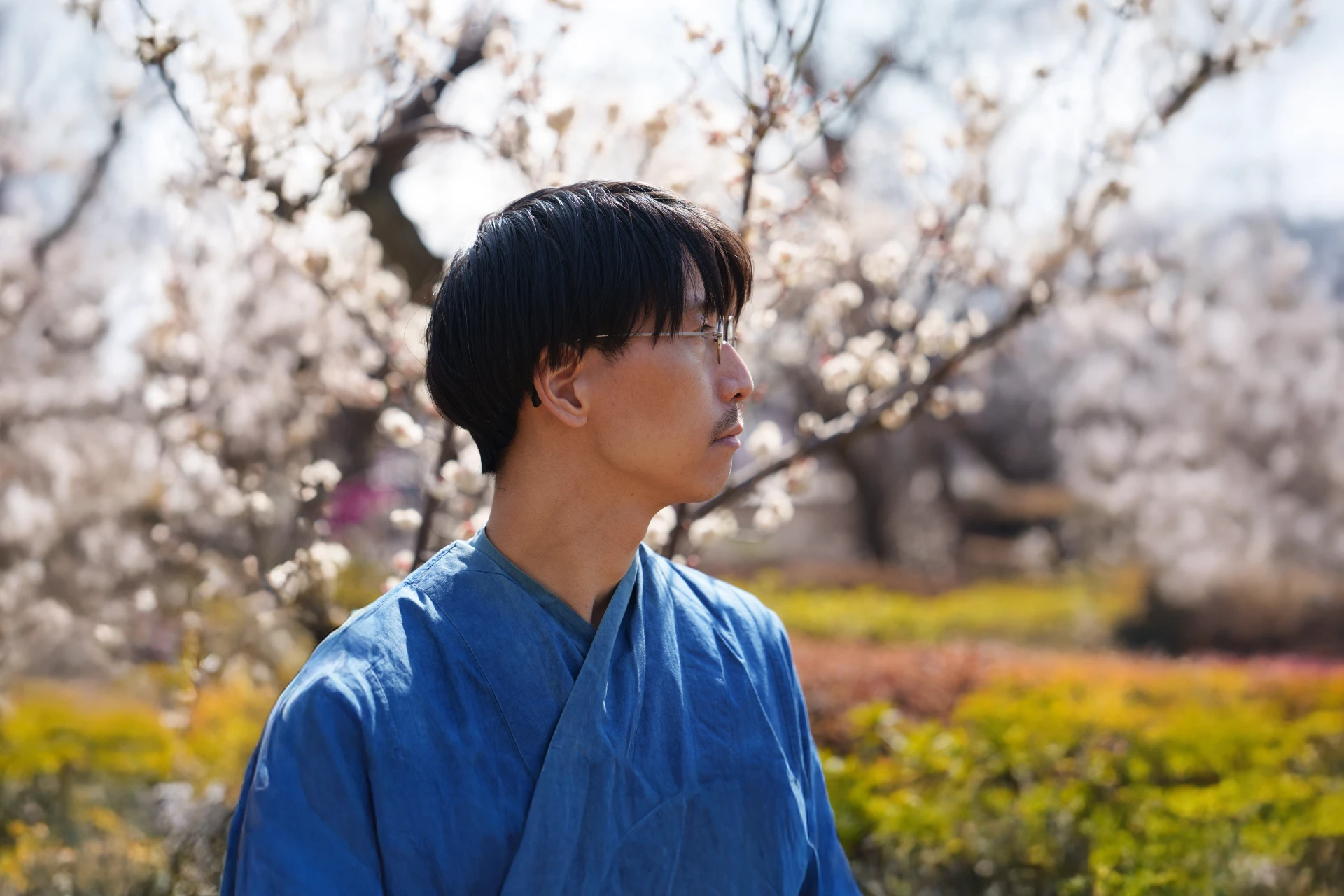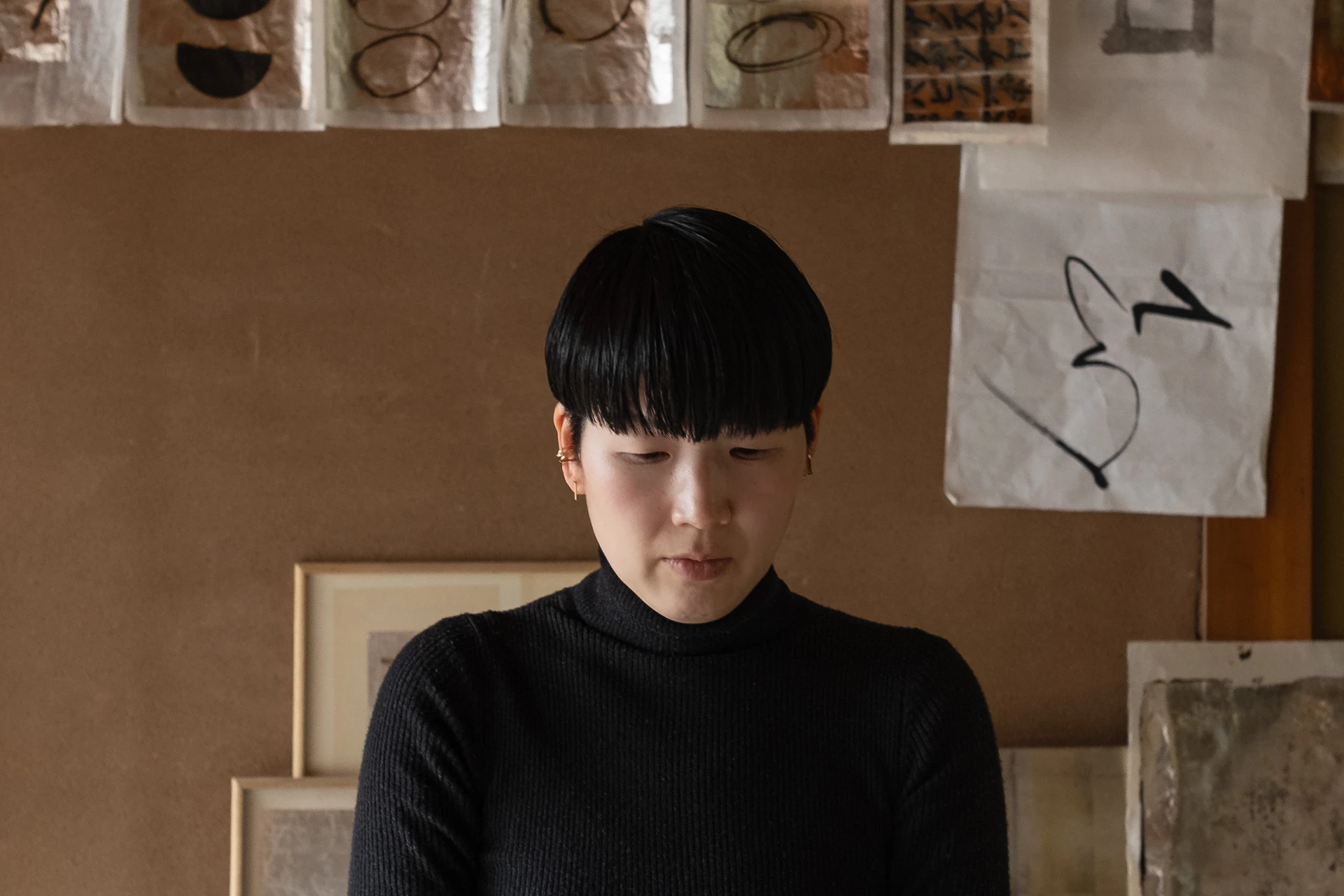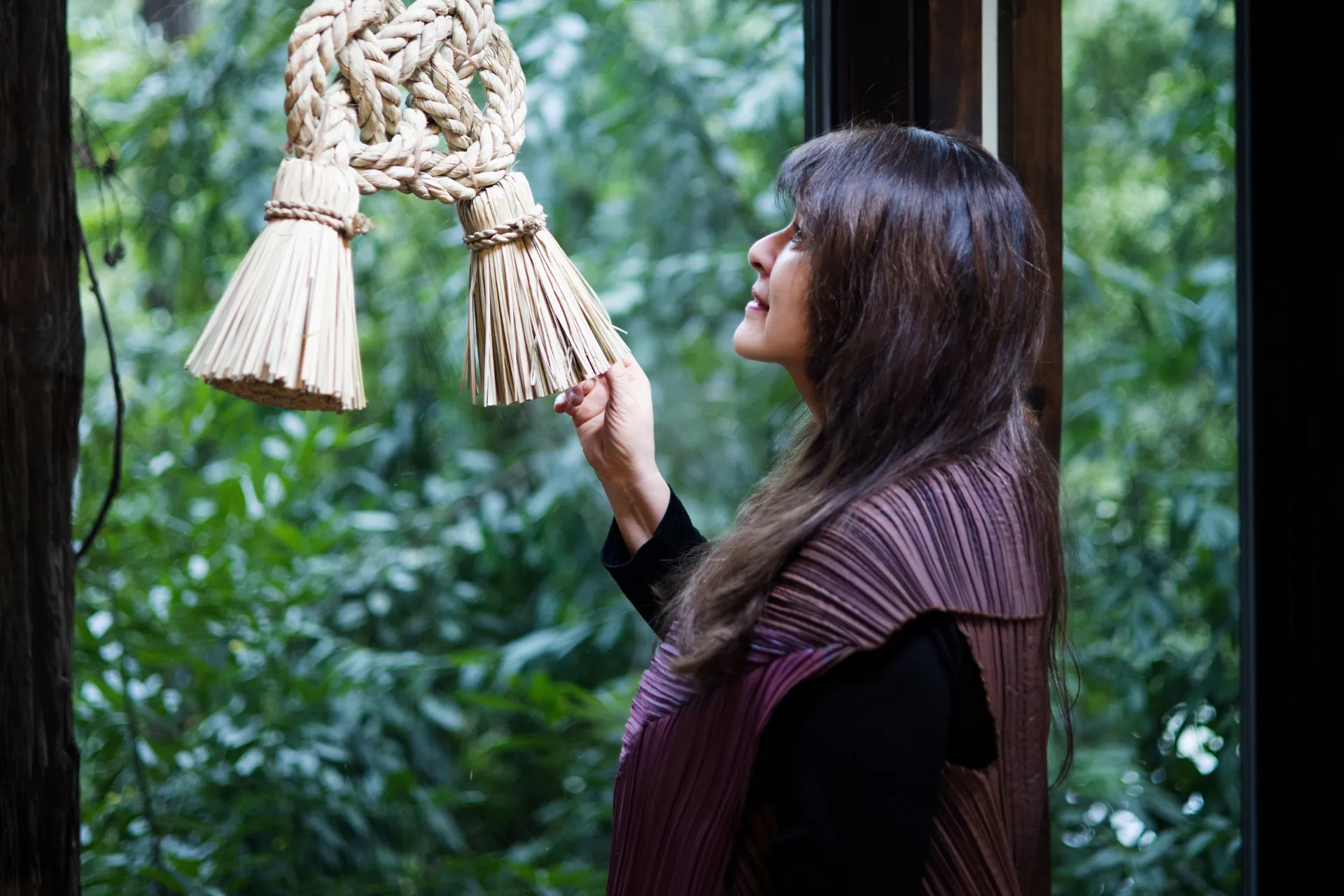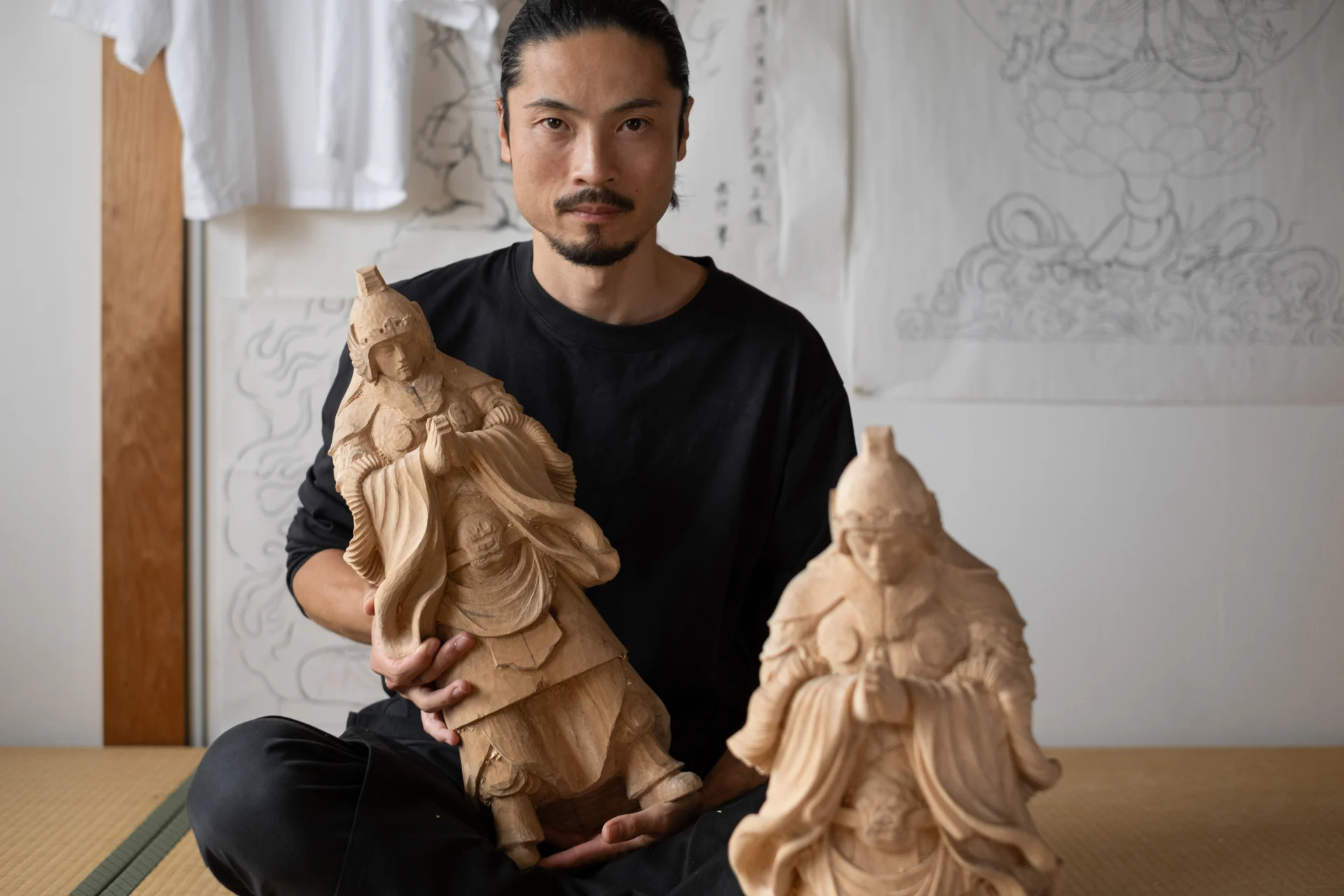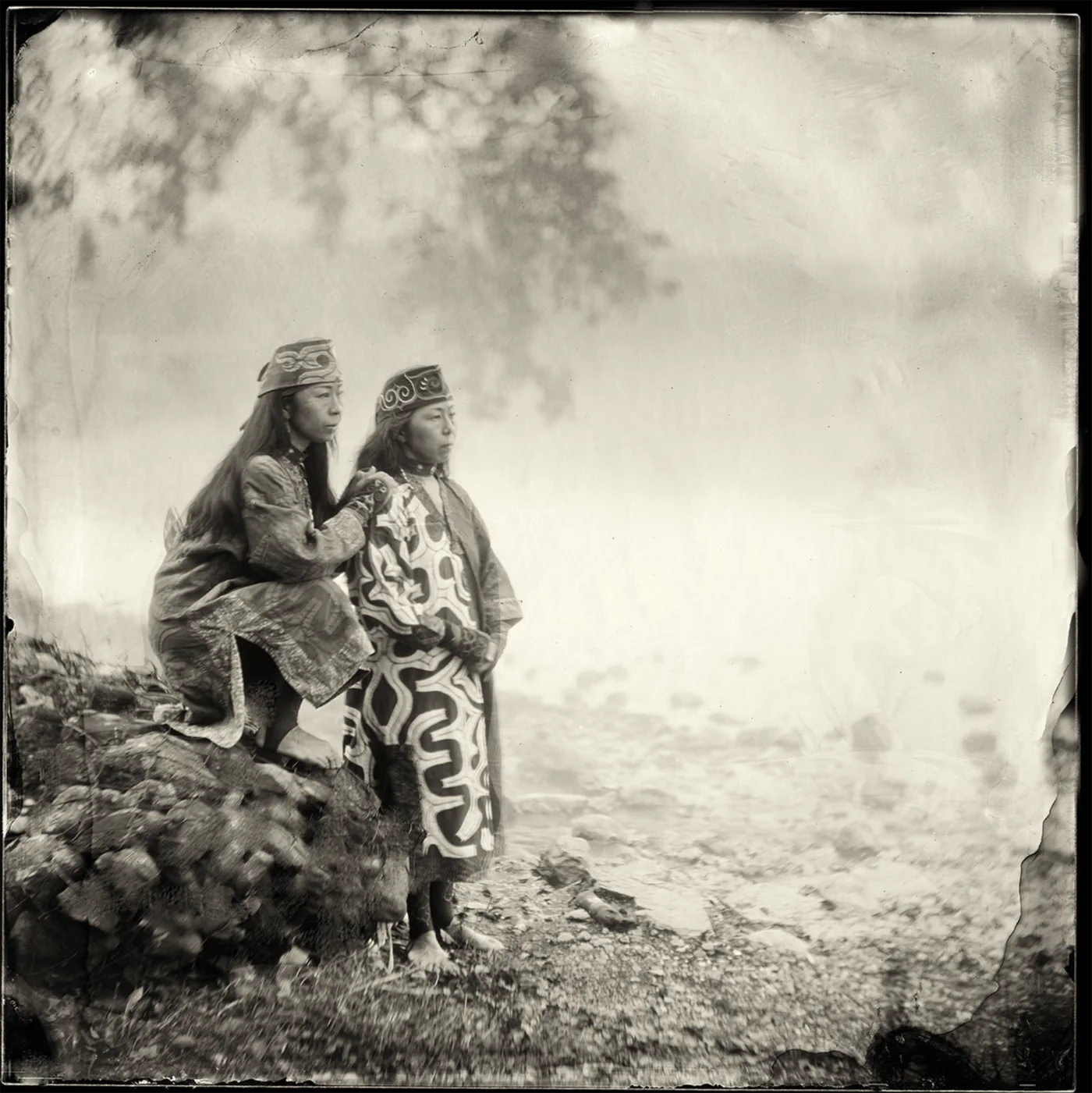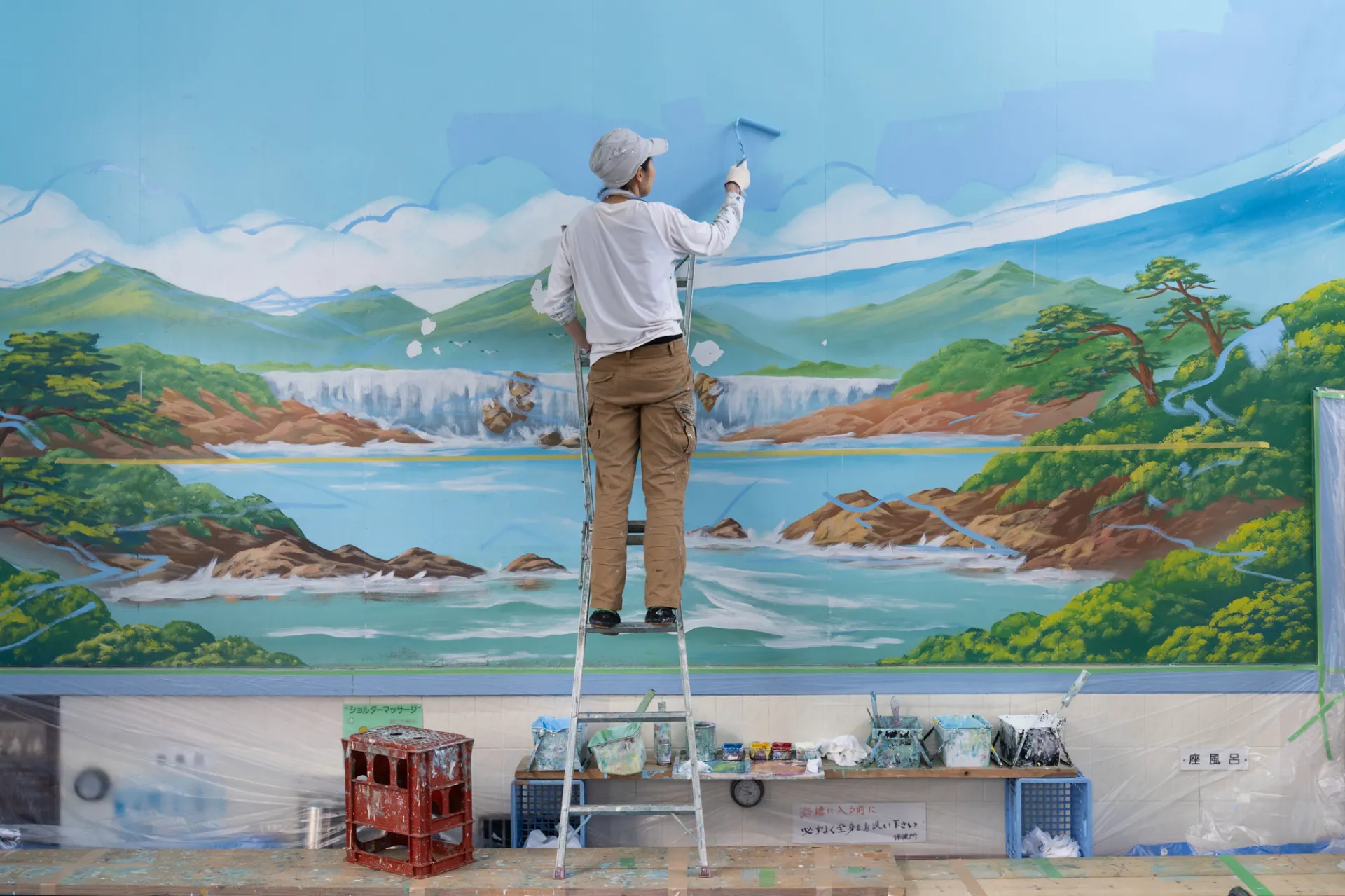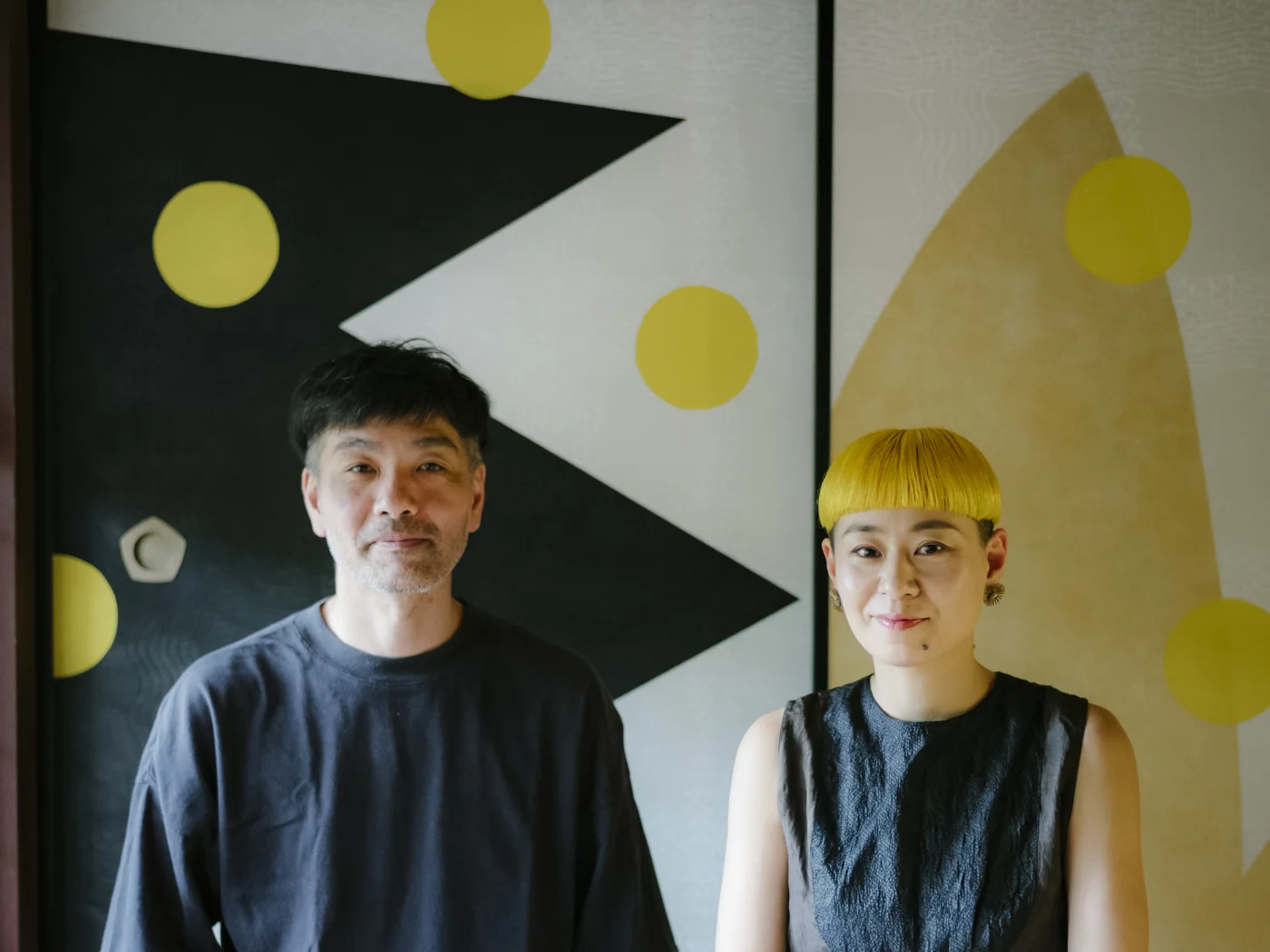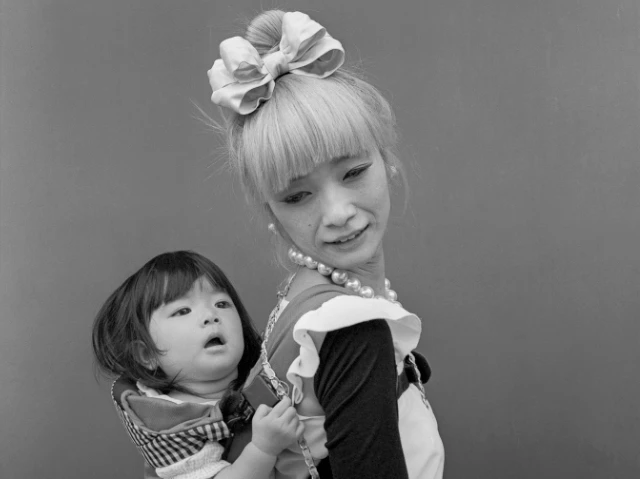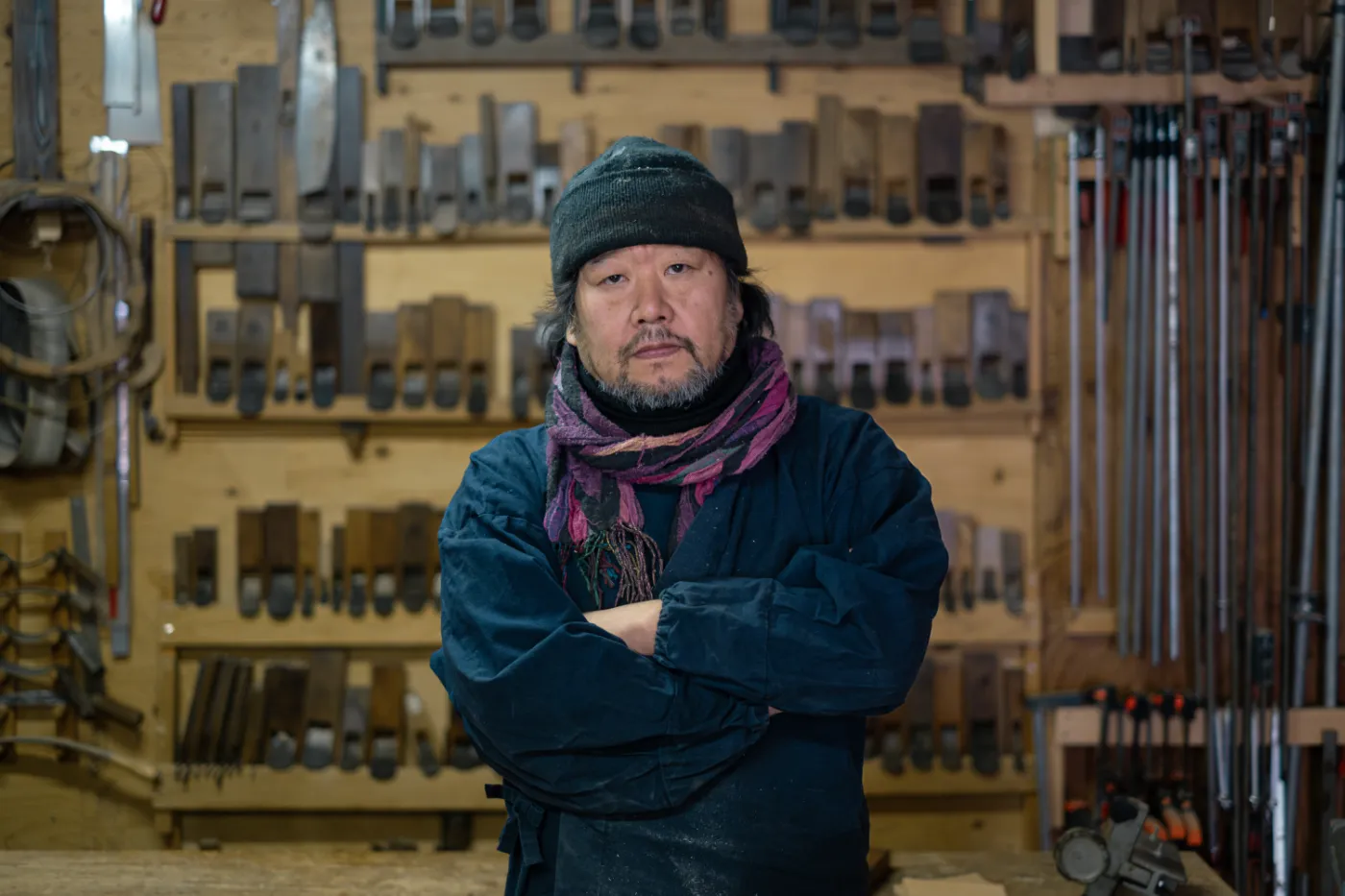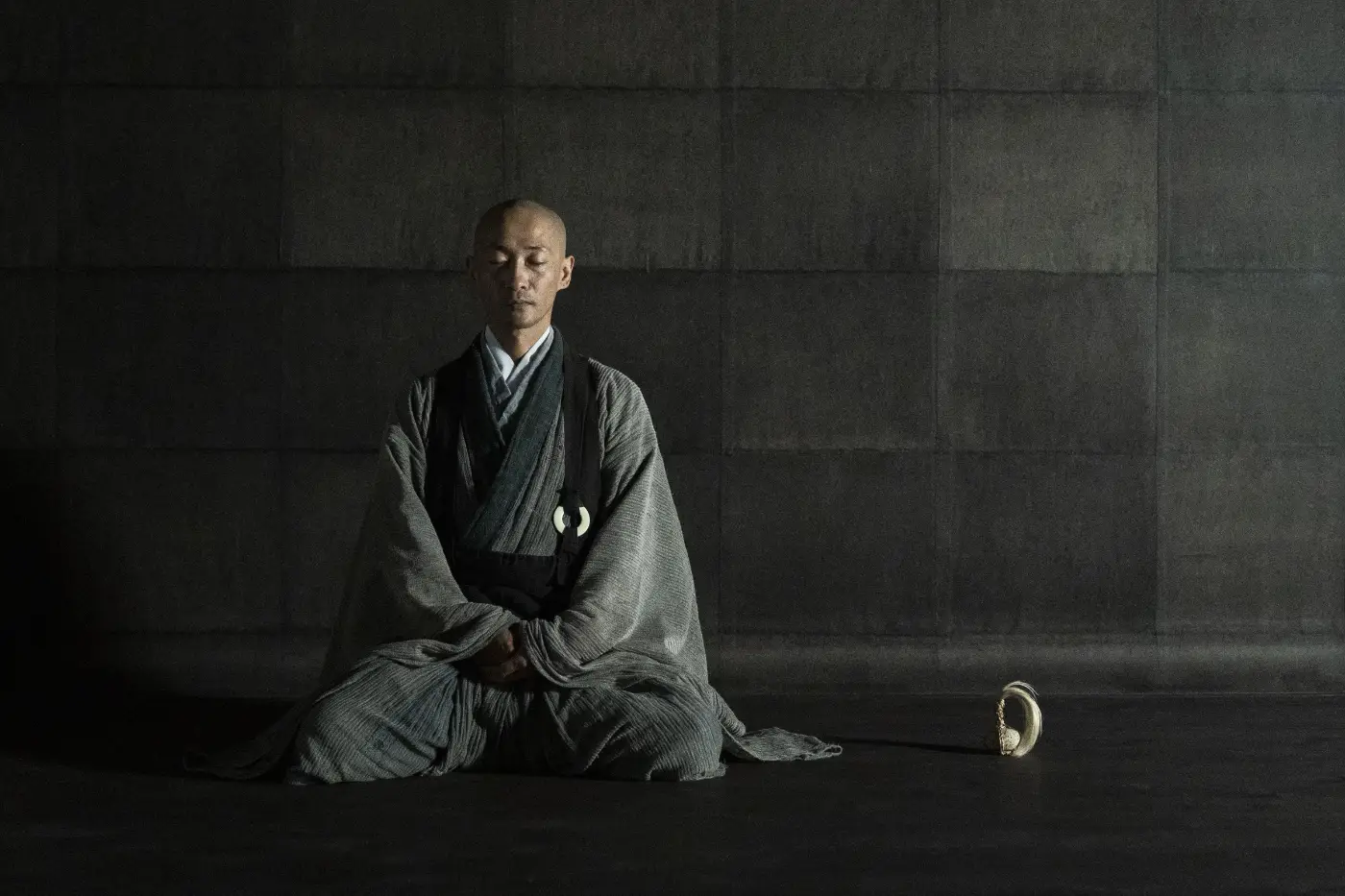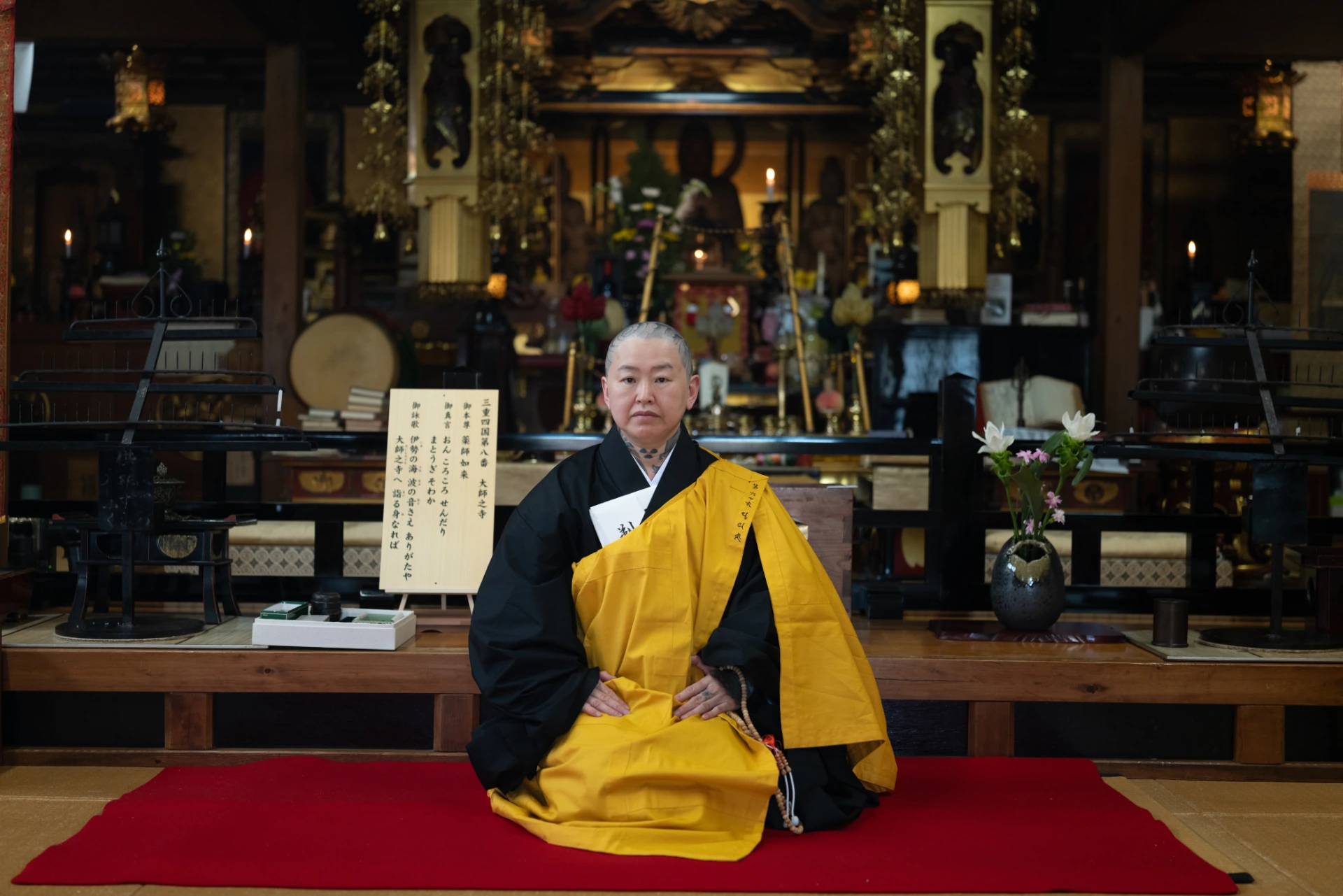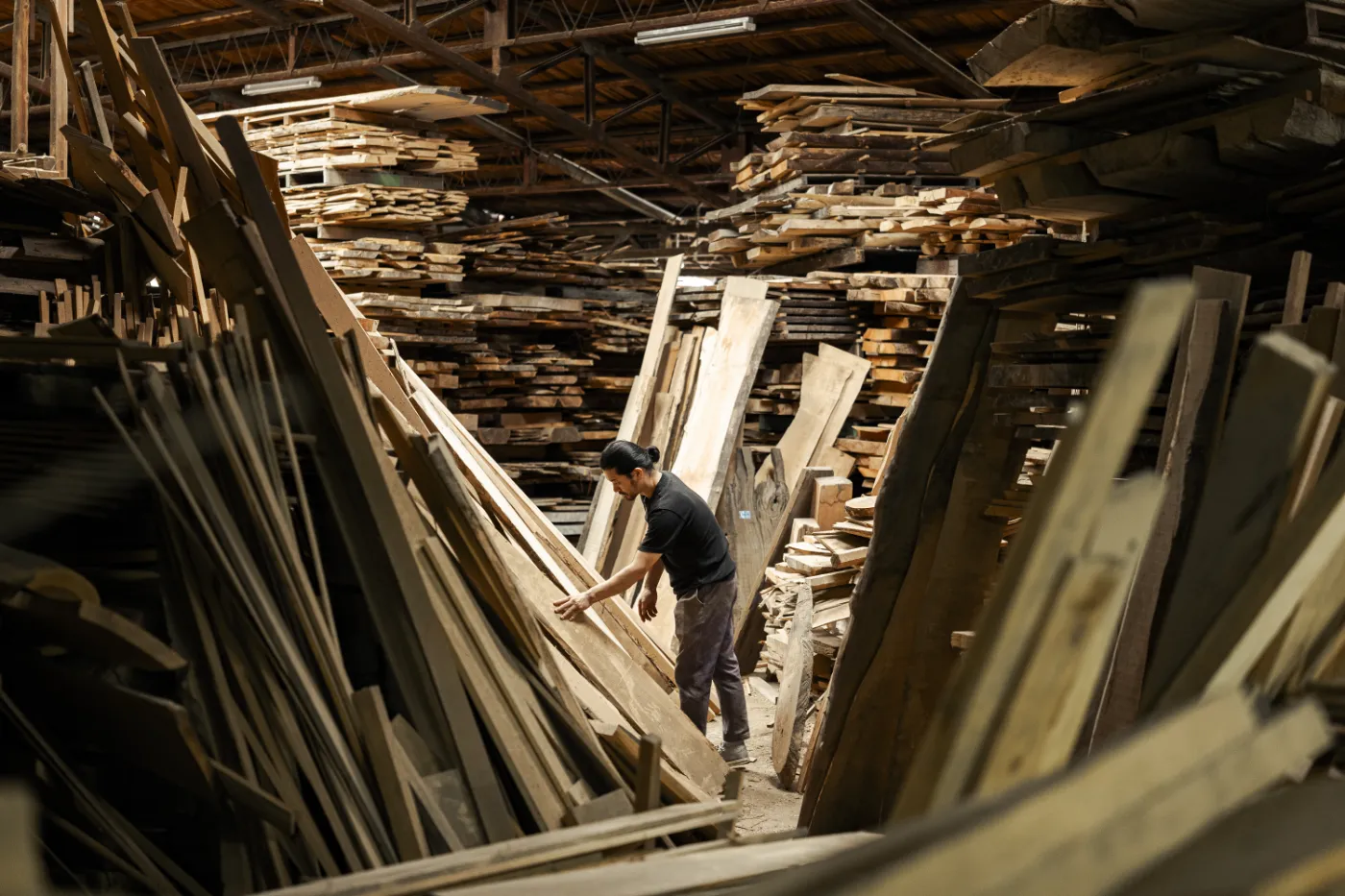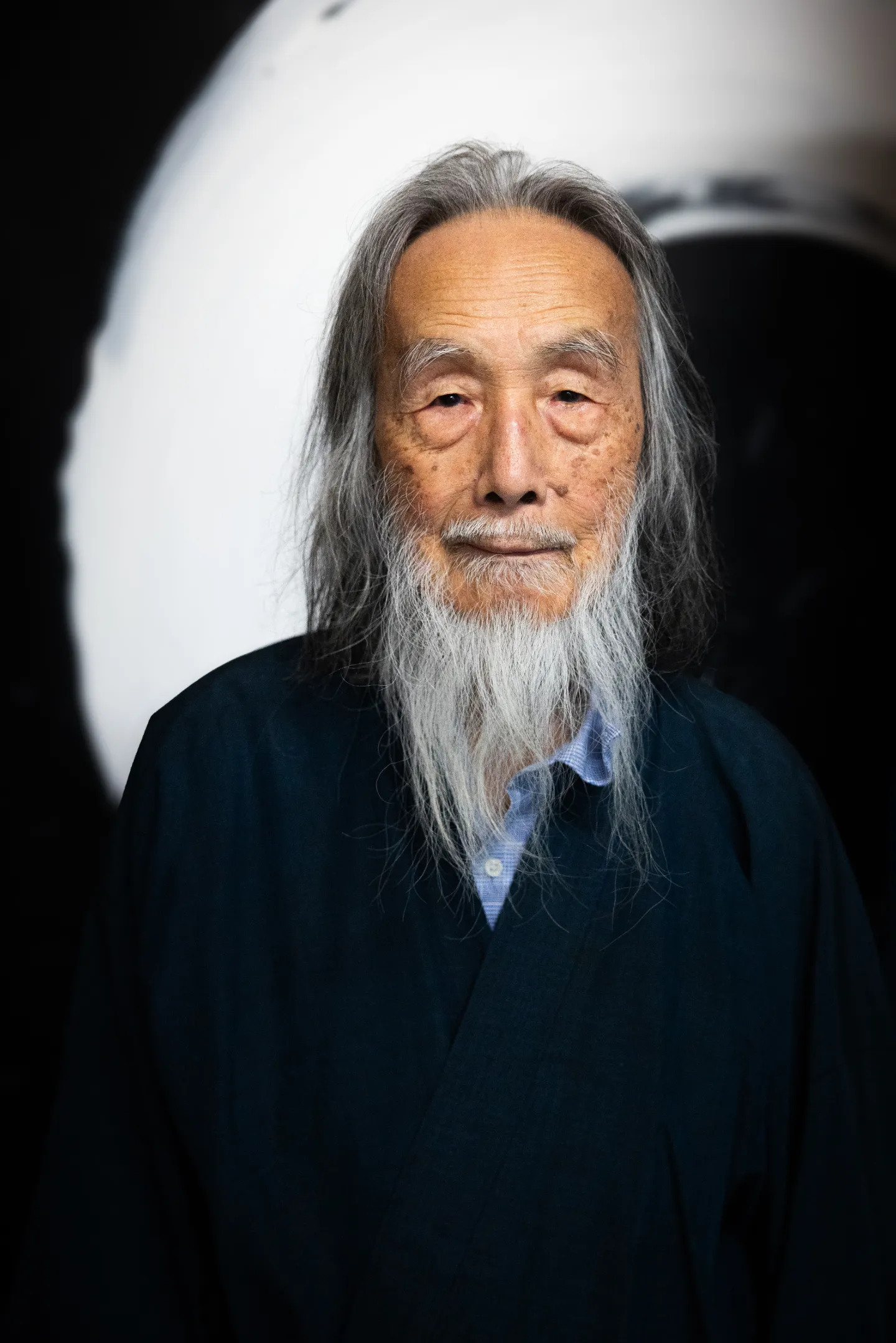
Growing Up with War
When were you born?
I was born in 1933, several years before the beginning of World War II. At that time, Japan was already an aggressive imperial force in the region. My father was a military officer and a war planner in the Imperial Military headquarters.
Because of his position as a strategist he could talk to his superior officers at the Ministry of Army, as well as the Prime Minister and the Emperor’s brother.
His job was to assess the strengths of the military forces of Japan and its neighboring nations, like the US. Of course if you compare the production of oil, airplanes, Navy ships and weapons, there was no comparison between Japan and the US. He knew that Japan should not start the war.
He was also a Shinto practitioner, and received a message from his Shinto deity that Japan should not go to war with the United States; otherwise, Japan would be defeated. Though my father was part of an effort to prevent the attack on Pearl Harbor, it was not enough to stop the war momentum at that time.
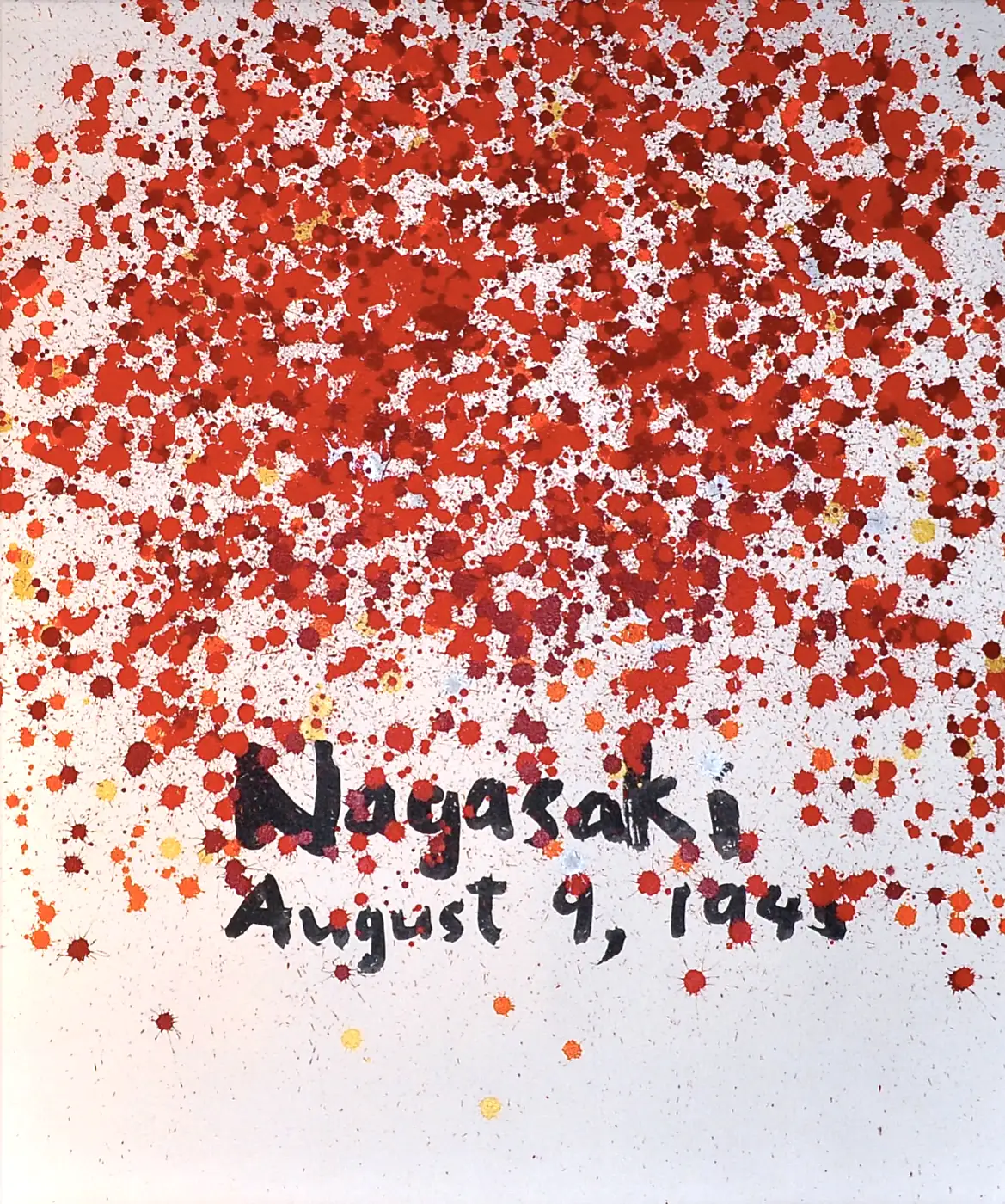
A World Without Armies
How did growing up during the war and experiencing its horrors first hand shape your outlook on life?
Our wartime experience was devastating.
In spring 1945 the US, with its high altitude aircrafts, had gained control of the sky and they were bombing one city after another. Our house was in Tokyo, but to be safer we had moved to Gifu, a local city between Kyoto and Tokyo. From our house we could see Nagoya city being bombed and witnessed the fire in the distance every night.
Then, eventually, Gifu was also bombed and most of the city burned overnight. My mother, two brothers and I went to the riverside to avoid the bombing, but the whole city was destroyed, so we started living in a small cottage of our farmer friends’ house in the suburbs.
At that time, the Japanese government was doing some propaganda, called Ichioku gyokusai (一億玉砕). It means 100 million people all crushed like jewels. It sounds poetic, but it means we are not going to surrender. We either kill the enemy or commit collective suicide.
I was 11 years old and we only had one bamboo spear. Of course bamboo spears cannot fight with machine guns or bombers, so we have no chance to kill the enemies. So the only choice offered to us by our government was suicide. You can see that is such a traumatic experience.
I don’t want any children in the world to experience that. That’s why I try to stop wars.
A World Without Armies is my organization that is trying to help demilitarize nations.
I started this organization with Rodrigo Carazo, the former President of Costa Rica. Costa Rica demilitarized itself in 1949, so they can use their funds for education and environmental protection. Their economy is quite good. They are leading the world on environmental protection. Panama followed their example in 1994, so they have the greatest developing economies in Central America.
I’d like to have other nations across the world follow these examples.
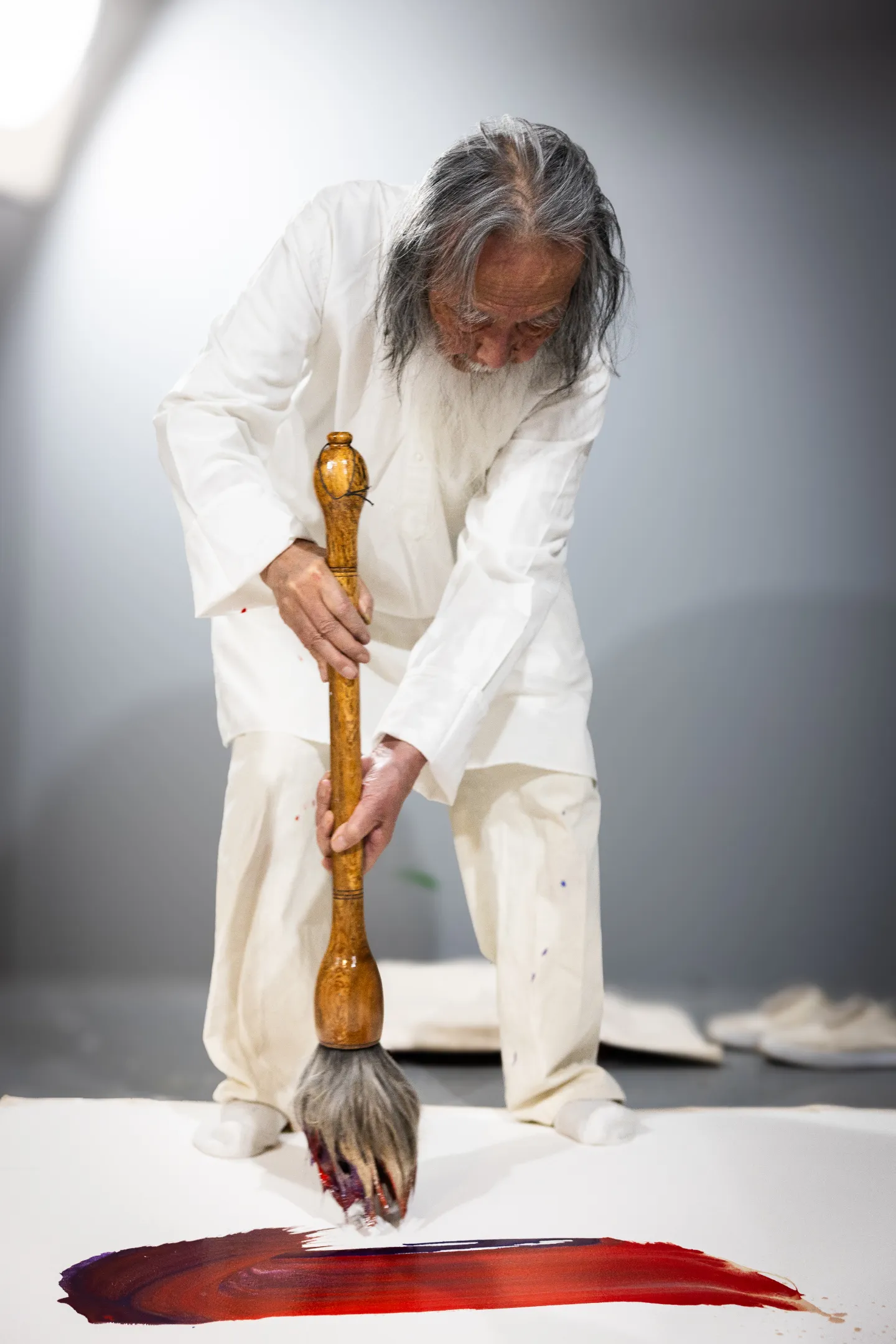
Studying Aikido with O’Sensei
After the war you began studying aikido with its legendary founder Morihei Ueshiba, often referred to as O’Sensei or Great Teacher.
How did you end up studying with him and what did you learn?
Actually, my father was a student of Ueshiba sensei when he was in the military academy. He was doing kendo and then O’Sensei came and asked if anyone would like to challenge him and try to hit him as hard as they can?
My father accepted the challenge, attacked him with a wooden sword, but before he knew it, he found himself on the floor. [laughs] A classical story.
So, he became a student and moved his home with his wife, my mother, to the Hombu dojo. I was born in 1933, and met O’Sensei as a baby then. My father was very close to O’Sensei and also secretly involved him in the effort to prevent the Pearl Harbor attack and war, but after this effort failed my father was sent to Europe and his connection with O’Sensei was also broken.
But despite your father’s failure, your connection to O’Sensei remained?
Yes, our connection with him remained. After the war, most of Japan had a severe shortage of food. So he looked for my mother and two brothers and invited them to live in a very small house right next to the dojo, because my parents were separated at that time. I myself was living in Kyoto, one of the standing cities, living with my grandfather. Later I saw O’Sensei in Kyoto and he invited me to join my family on his land.
I was 13, and started studying aikido with him. It was a small group of village boys, but it was an underground activity because US allied military headquarters, GHQ, made all martial arts illegal. In a way, we were a bunch of criminals.
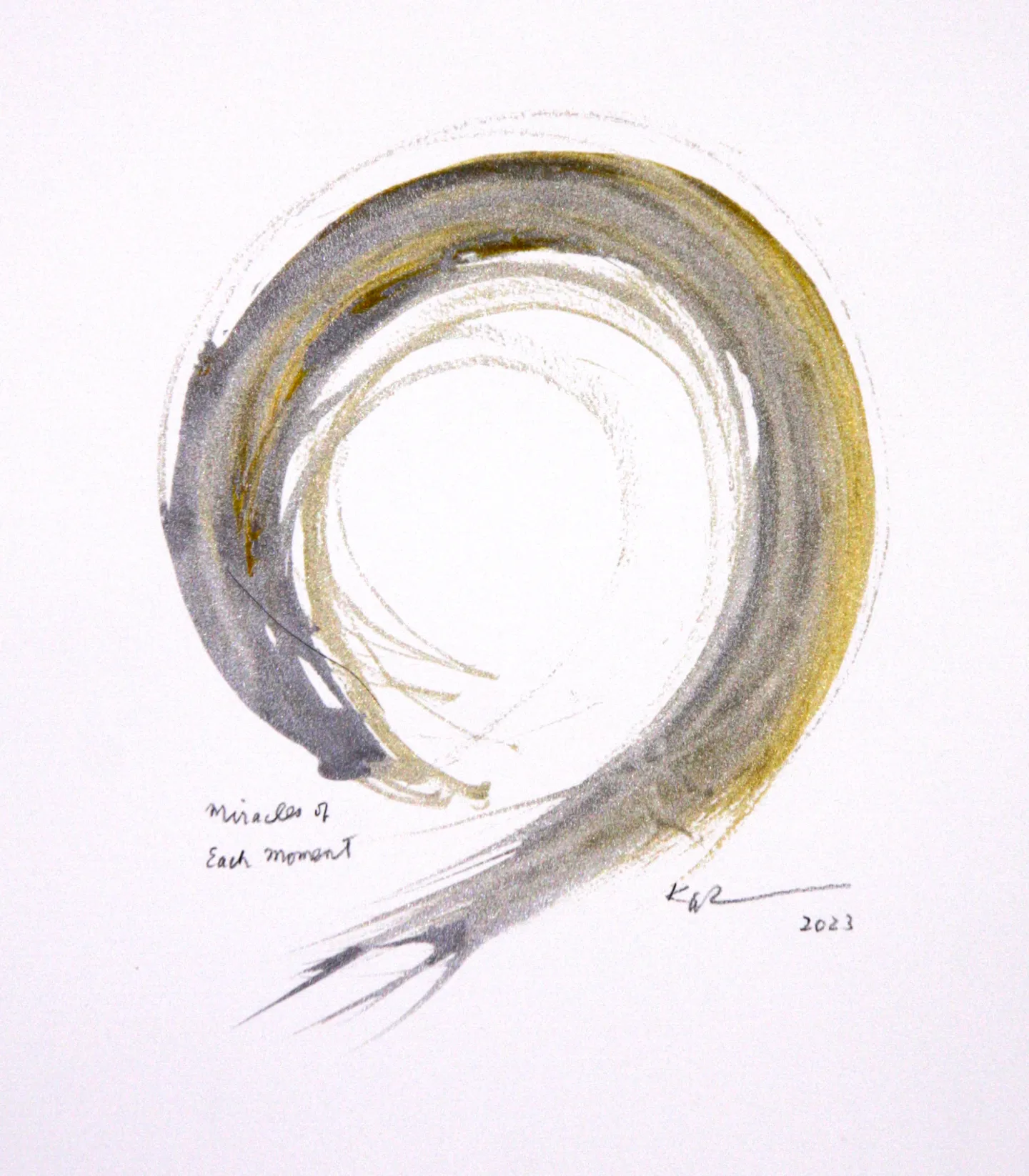
The Way of Harmonizing Life Energy
What are some of the lessons you learned from him?
In the late 1920s Ueshiba sensei had a kind of revelation that the secret of martial arts is love. He had this spiritual awakening, but also he was teaching people how to fight, win, and conquer, so he created this hybrid martial art, aikido.
“Aikido” can be translated as ‘the way of harmonizing energy’ or ‘the art of unifying spirit.’
On a practical level, through aikido I learned the power of repetition. It has only six or seven techniques, so you do those all the time. Then once you get used to them you can improvise and make an infinite amount of variations, and be more spontaneous.
Through repetition you learn to be effective. You learn an effective use of body, mind, and spirit altogether. It’s not only the body, but actually the mind and then spirit all moving together as an undivided whole.
Another thing he emphasized was that we should be fully relaxed, not be tense. Not to try to grab people and be forceful. Always be relaxed and go along with the flow of the movement.
Finally, I learned the power of a humble but committed group of people. There were just six or seven of us in a small village, defeated by the war and banned from doing our practice. Yet we have made a worldwide impact. From this humble beginning aikido became a transformative art and way of being practiced across the world.
This is what I learned from O’Sensei and have carried with me throughout my life.
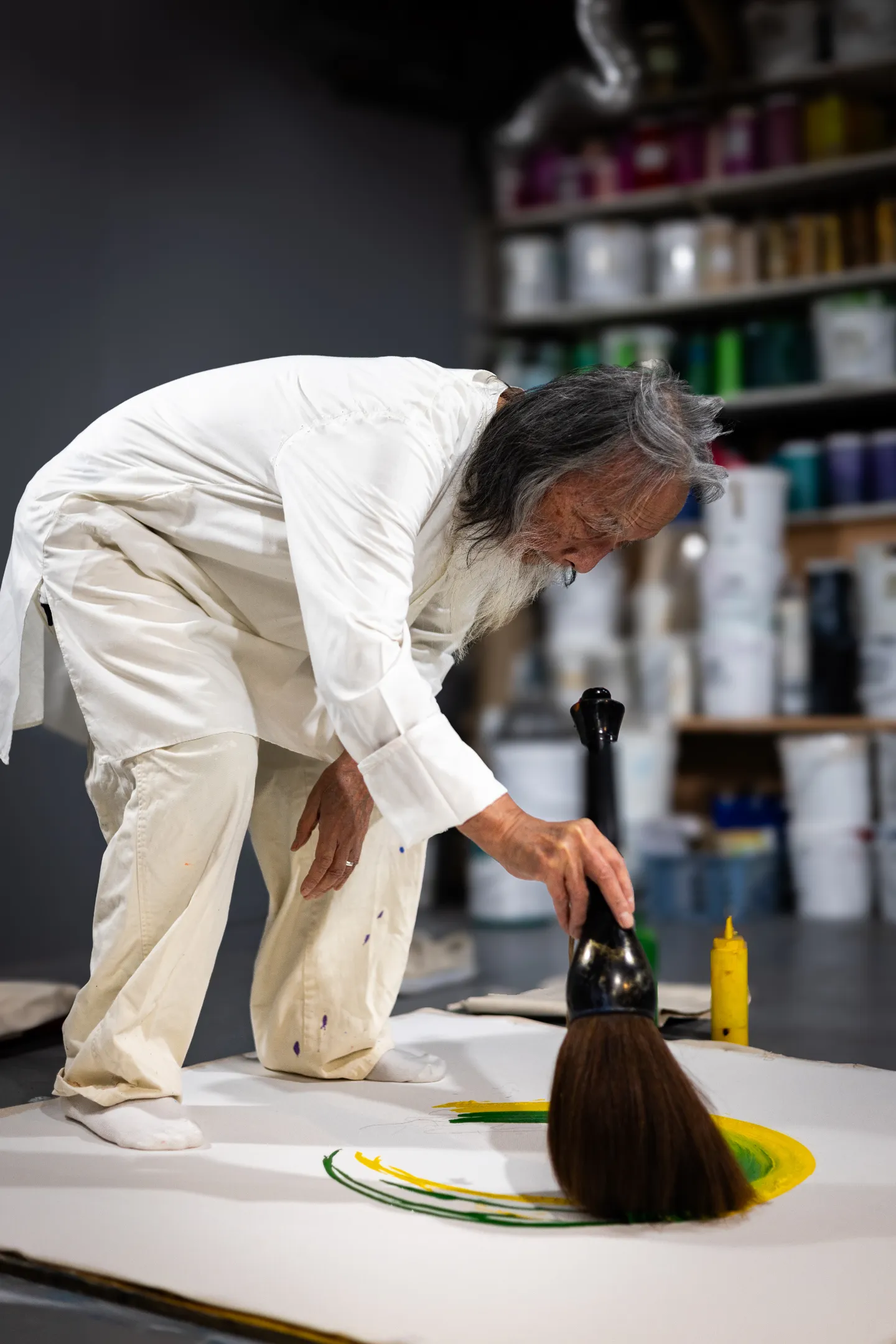
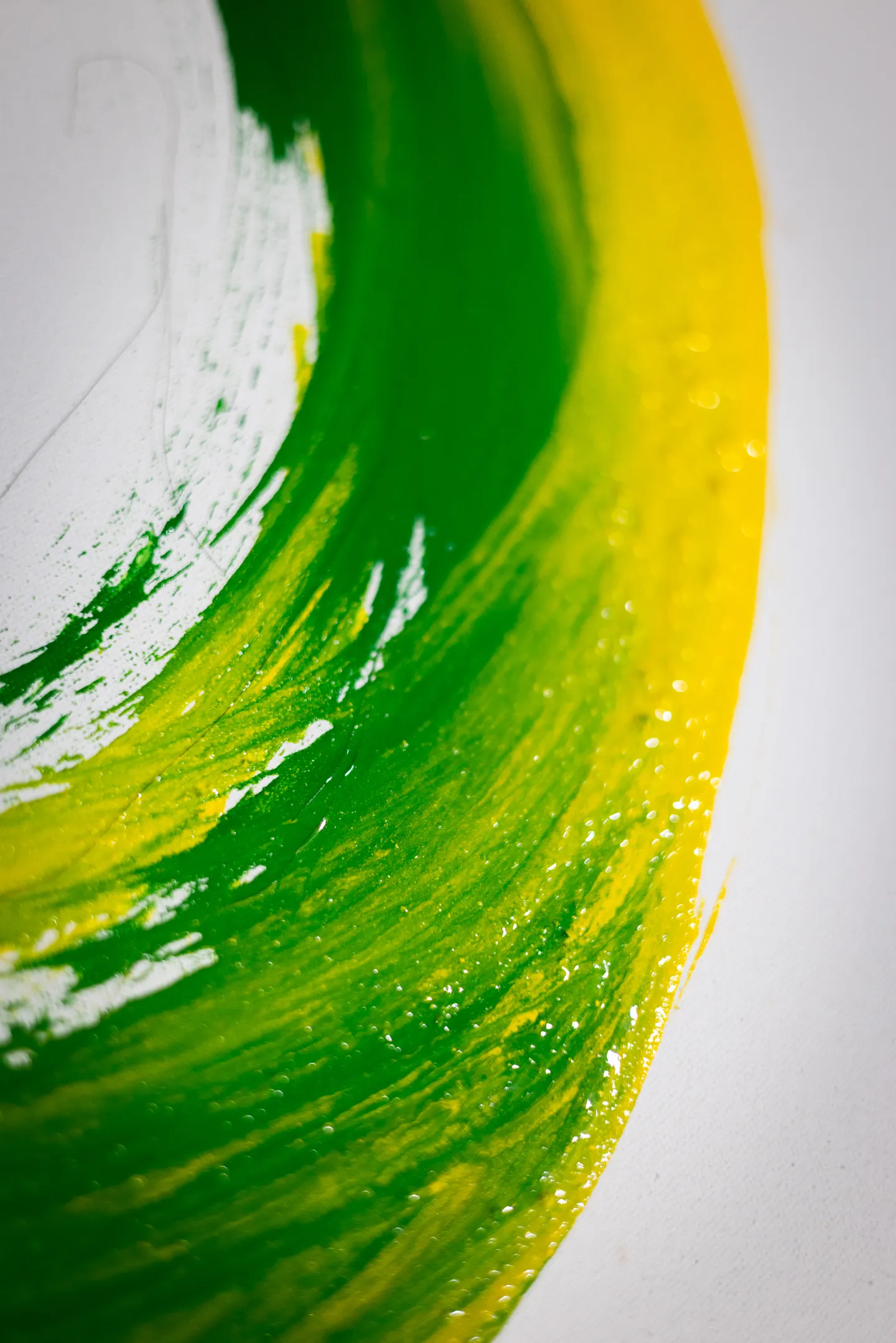
A Formless Brush
How does this connect to calligraphy?
In calligraphy we try to be present at each stroke. So that our inner life can be fully expressed in each stroke. This is similar to aikido, being fully present and ready to respond to any situation that arises. It is like when the brush is sprayed or the line becomes a bit crooked.
It doesn’t have to be perfect, but it has to be complete. Each line should be whole in itself.
I used this understanding to develop one-stroke paintings with large brushes. On a large canvas, I make one brush movement and create an entire painting by itself. The famous Zen circle or ‘enso’ is like that too. It’s just one circle, but it requires you to be fully present. Fully embodying perfection and imperfection, various elements become integrated altogether in one stroke.
It makes me curious, how would you define what it means to be an artist?
An artist is someone who makes a full use of imagination – who goes beyond the boundary of conventional seeing and thinking. I believe anyone can be an artist by using your imagination. Everyone has elements of artistry.
Imagination is important. Instead of following conventional values, conventional aesthetics, conventional ways of thinking and doing, use your imagination and do something unique. It can be in business, education, peace work or in whatever realm. You can trust your own unique capacity to imagine.
Every one of us has a formless brush with boundless capacity.
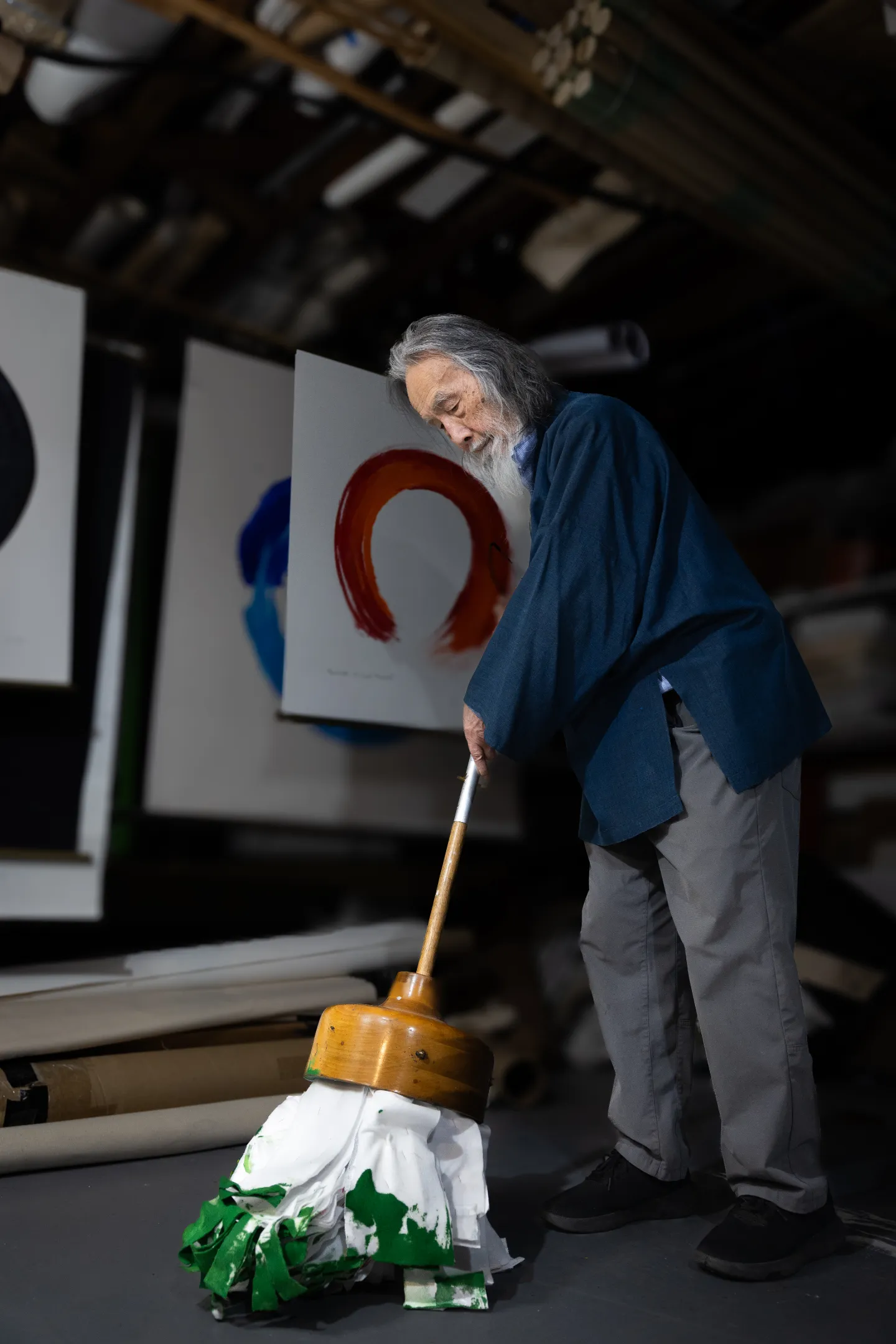
Painting Peace
Like you use calligraphy to raise awareness and as a form of activism for peace?
Yes. I do painting and calligraphy for peace work as well as direct environmental work.
For example, at Inochi, an organization I serve as president, we plant trees in the Amazon rainforest. There is something called flying rivers, which are massive amounts of vapor coming from the ground of the rainforest that form clouds and rain. These are an essential part of regulating world temperatures.
Through my artwork, I try to raise funds and awareness. I then send the money to our partner organization, Amazon Rainforest Alliance in Brazil, who then ask native people to plant trees. This is a humble project, but I believe it can be a good example. Maybe other people want to do that too, and then again more others. So humble is good, humble is great. In my mind that’s the only way, humble groups working together, to reverse a climate catastrophe.
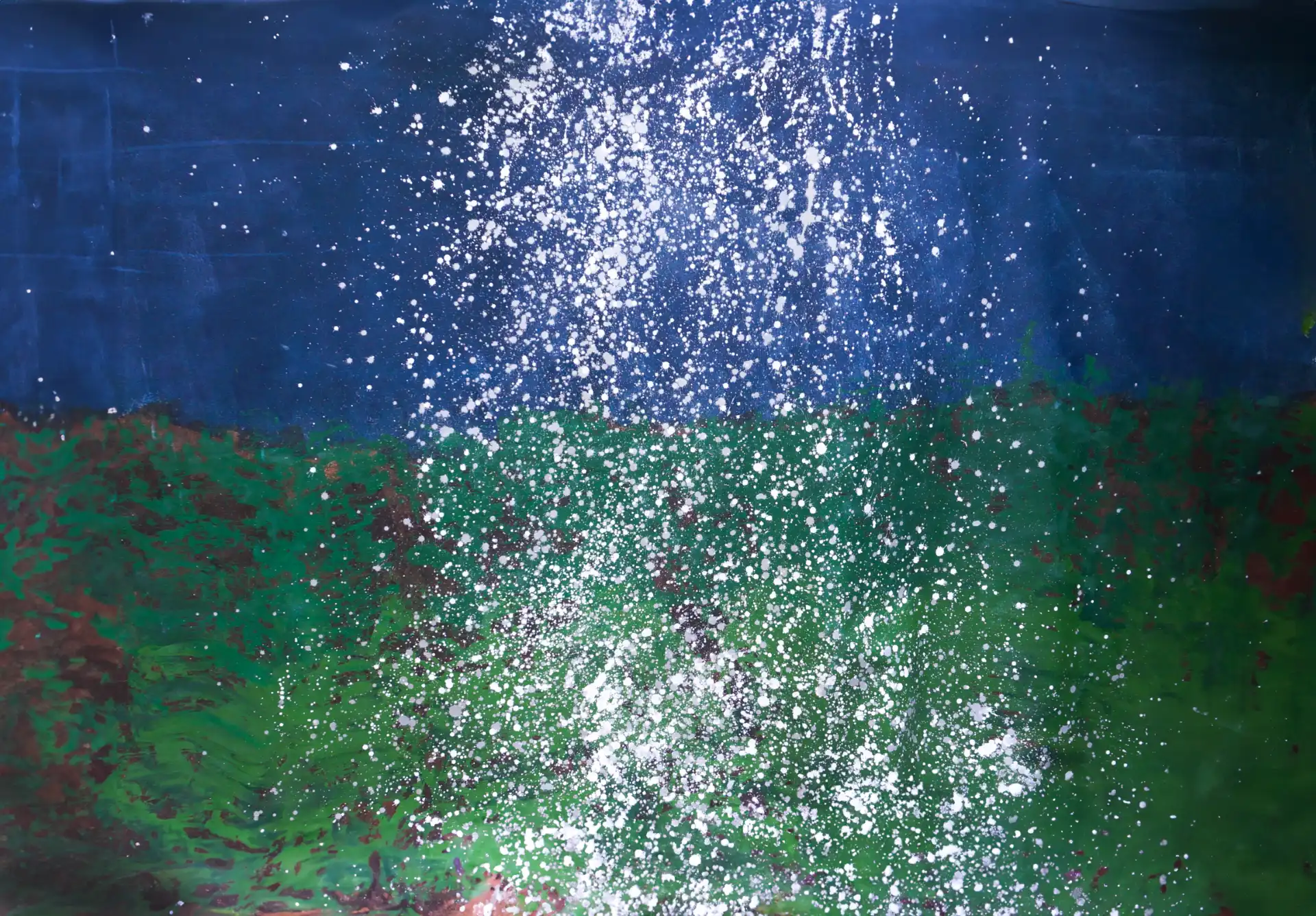
No Situation is Impossible to Change
From your decades of engaging environmental and peace work across the world, you distilled these Four Commonplace Truths, inspired by Buddhism’s Four Noble Truths.
I found them deeply empowering and inspiring.
Would you be willing to share them with us?
Sure. They are as follows:
- No situation is impossible to change.
- A communal vision, outstanding strategy, and sustained effort can bring forth positive changes.
- Everyone can help make a difference.
- No one is free of responsibility.
The first is, “No situation is impossible to change.” In Buddhism, the foundational truth is that all things are impermanent. The conventional way of understanding that is that we all become sick and we all die. But you can also think of the positive side of the impermanence. It also means nothing is unchangeable. You can change. Even if the situation is horrible, you can still believe that you can change it, but in order to do so you need the second truth.
“A communal vision, outstanding strategy, and sustained effort can bring forth positive changes.”
So, for positive changes, you need several things together. You can’t do it by yourself. You need to do it together with others, with a communal vision. Positive, affirmative goals and a good strategy for how to do it. Rather than rushing forward, first you should take the time to not do anything, but sit quietly, meditate, and find the best way to respond to the situation and how to change the situation. Then from that clarity you need to have sustainable effort. Keep working. That can bring forth positive changes.
Then the third truth is, “Everyone can help make a difference.”
Even people who are sick in bed can help people, maybe by donating money or encouraging people, or by asking other people to help. Even people who feel that they can’t do anything, I think if they look deeply they have the power to do something, to be part of the positive changes.
The last one is, “No one is free of responsibility.”
Because everyone has the power to help change, no one is free of responsibility. That is the way to transform the social situation.
Thank you so much for sharing.
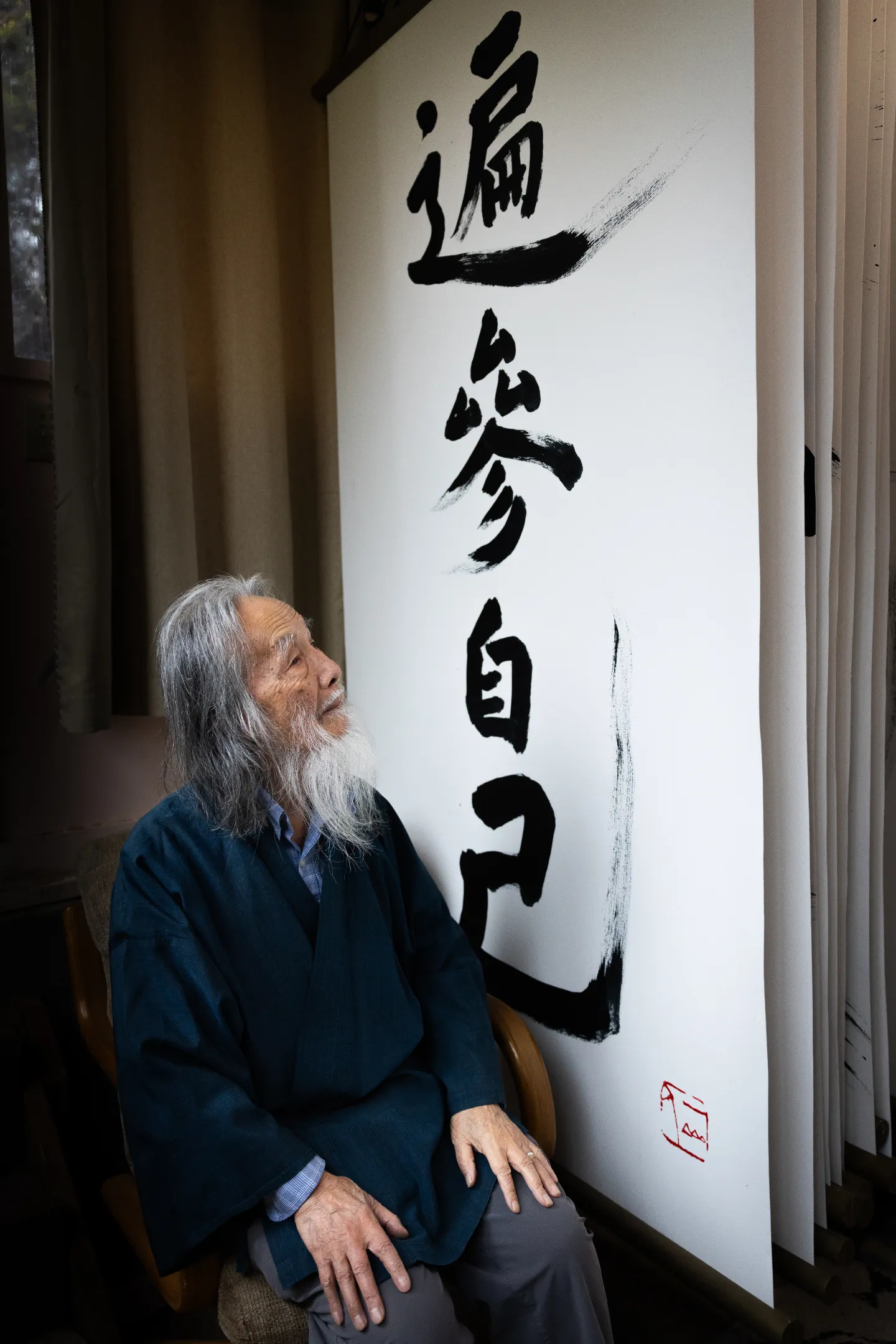
You are Already Enlightened
I know you have also been deeply shaped by Zen practice and study. Over several decades you have translated the works of Dogen Zenji, the founder of Soto Zen Buddhism, into English.
What have you learned from studying Dogen’s view so intimately?
Some forms of Zen talk about trying to get enlightened in terms of kensho, a sudden and radical enlightenment experience. Seeing through the fundamental human nature, and then becoming so-called enlightened. Becoming fully exuberant, jumping up and down, screaming, rolling on snow, and so forth. A kind of breakthrough approach to enlightenment.
Dogen’s understanding and way is different. He realized enlightenment is not something you attain, but that it’s actually already embodied. That it’s already an integral part of your nature and of everything around you. From the moment you start sitting or start practice, you are already enlightened. You unfold your enlightenment. You don’t need to look for something else, something better. Something final is already at the starting point.
When you sit and fully settle into the form of a buddha in meditation, when you sit like an awakened person, you are already awakened, you are already expressing enlightenment.
This may be difficult to understand with the mind alone, but it is something you can experience for yourself in practice. You express rather than attain enlightenment.
In your book you wrote,
“Awakening or being awakened is to realize the infinite value of each moment of your own life as well as the life of other beings and then continuing to act accordingly.”
Yes, awakening also means to be selfless and to be helpful, to serve others and the world. In Buddhism this is to be a bodhisattva. In Dogen’s way you start with being a buddha and that also means to serve. Thus, being a buddha is also to be a bodhisattva.
To be awakened is to be selfless and to serve. Merely being spiritual and sacred is not enough. Awakening is more dynamic.
In Buddhist symbolism, the full moon represents enlightenment. The moon is not just static; it’s dynamic. It is reflected in so many things, the surface of the ocean, a lake, a puddle, a dewdrop. Millions of them are there. The moon seems to be still, but actually it’s all over and it’s active. It’s constantly moving and taking actions. Thus, one essential aspect of awakening is being engaged. It’s not a private affair, but it’s being engaged with the world.
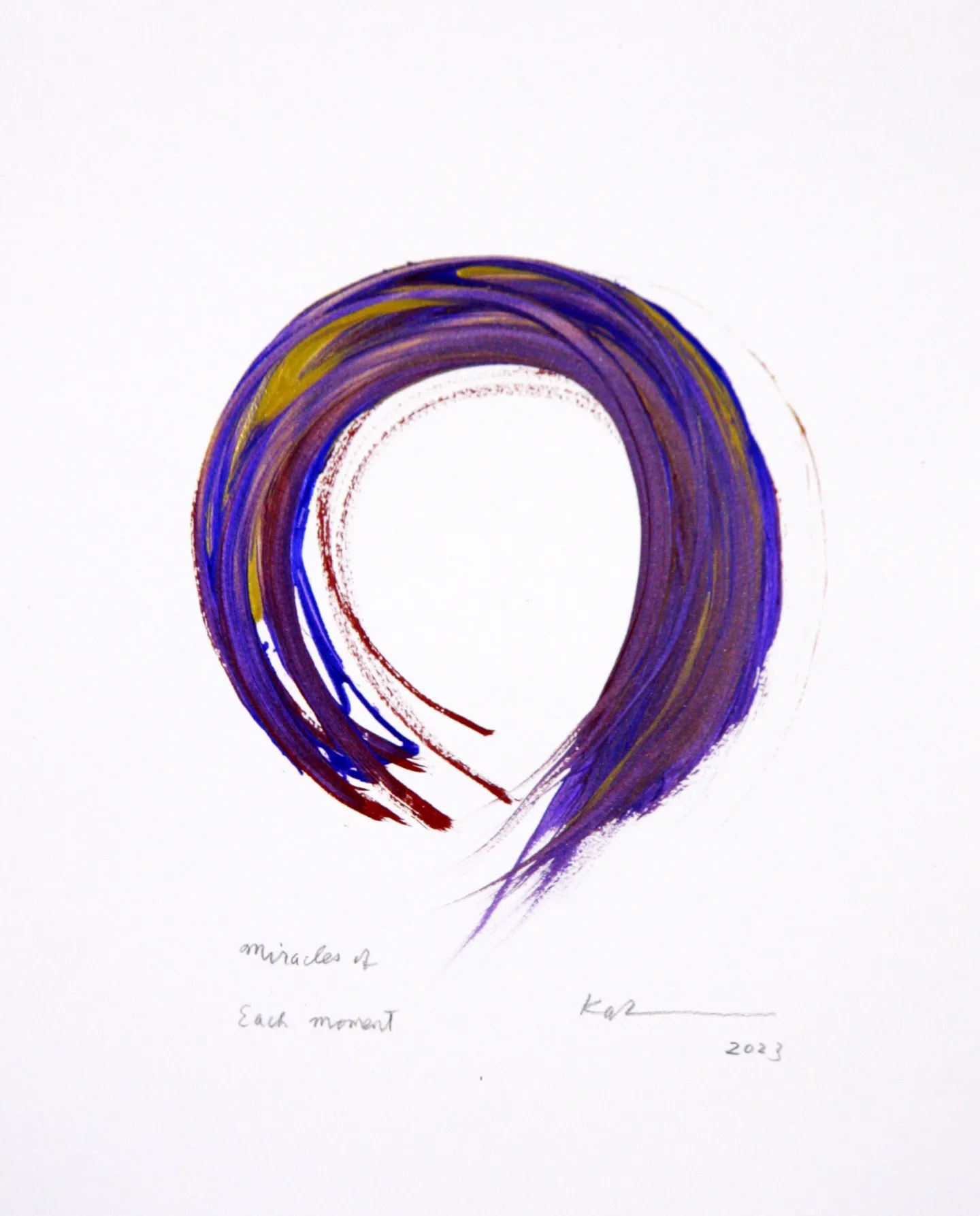
Miracles of Each Moment
In our correspondence you sign each email with ‘Miracles of each moment’, and you also use this as the title for most of your beautiful colorful Zen circle paintings.
What does this phrase mean to you?
Whatever we do, like carrying firewood or fetching water, can work as a miracle. The invitation of this simple phrase is very spiritual and sacred.
Every encounter we have is a miracle. Every breath we take is a miracle. But, as we so often focus on imperfection, lack, and failure, we become cranky and unhappy. So Dogen’s words can be a good reminder of the miracles of each moment. Like a mystical experience because we experience wisdom beyond wisdom, which is to be one with all things.
In a way, this kind of non-dual experience is happening anytime. Anyone, when she or he sits first experiences the more scattered, superficial layer of the mind. But when we get settled, the difference between large and small, right and wrong, life and death becomes obscure and insignificant. Then we touch on the deepest part of our consciousness, where we are all connected.
We shouldn’t just celebrate our own miracles, but also help other people reduce their sufferings and find joy in life.
The more we realize the boundless interconnections among all beings, the more of our self-centeredness is replaced by love, understanding, and compassion.
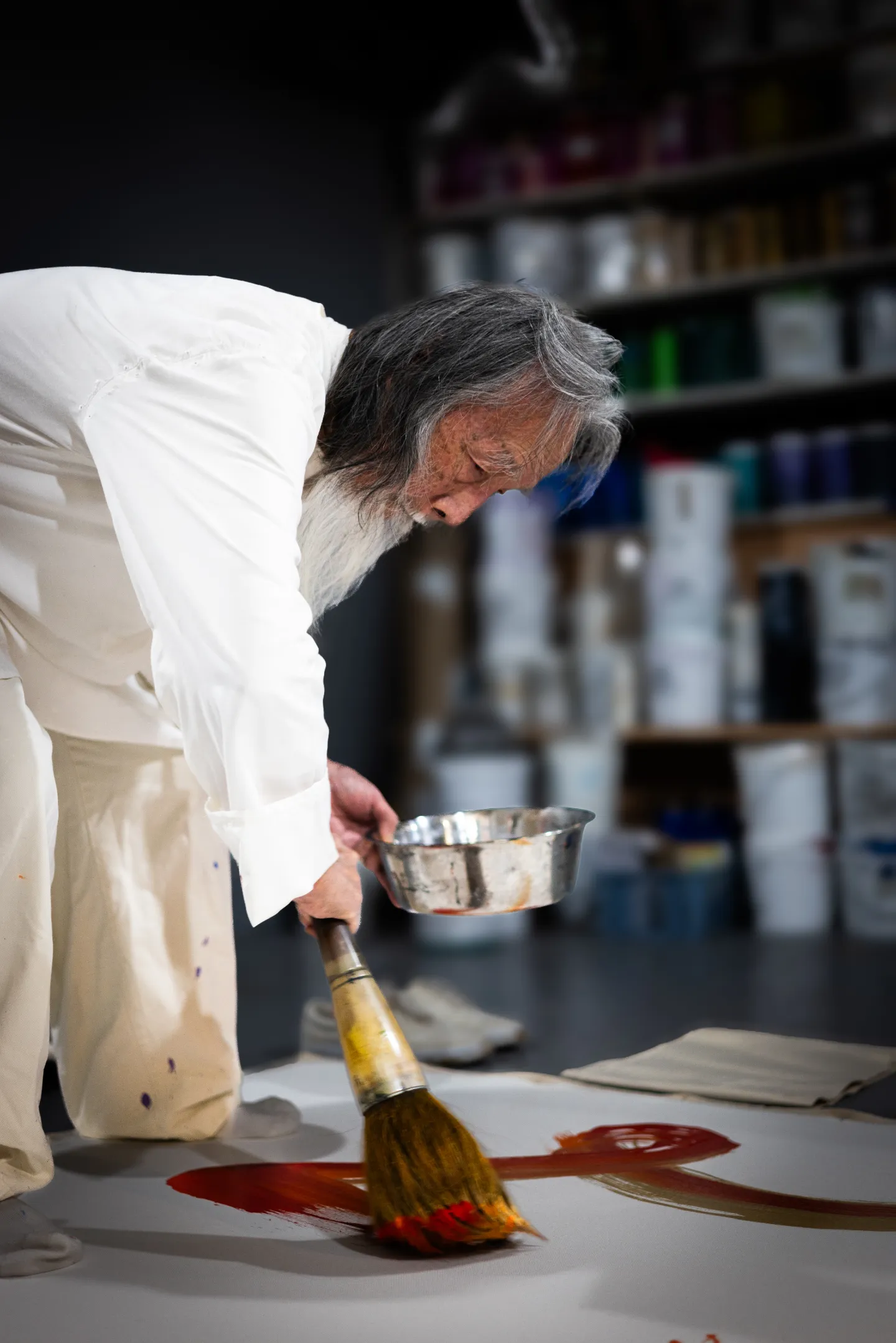
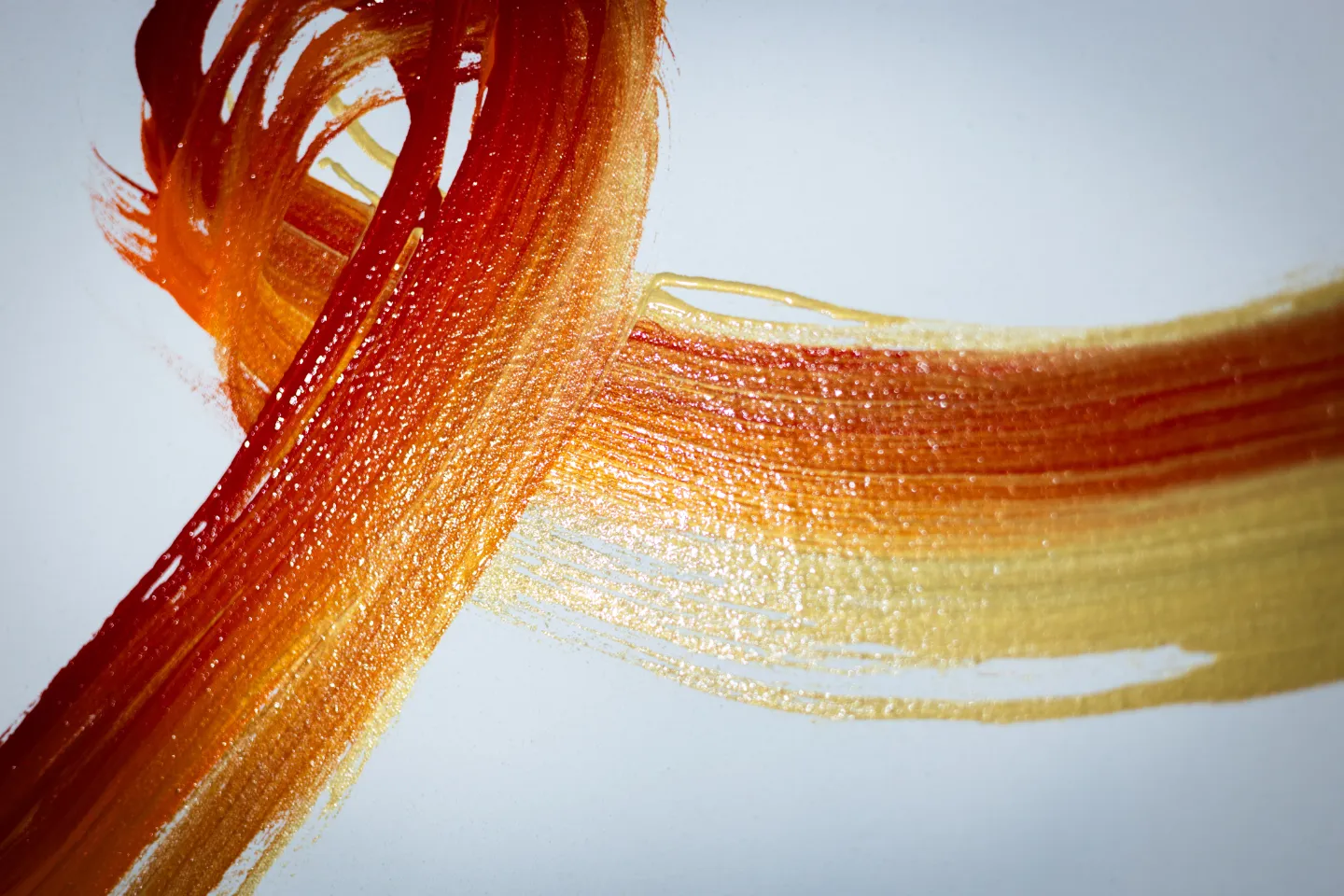
Your Life is Boundless
One thing that strikes me about you is your deep care and big heart. I’m wondering if this is connected to what you just talked about, about experiencing oneness. That you’re connected with everything.
And how this experience of being boundless gives rise not only to wisdom, but also to compassion and a desire to be of service.
Yes. Together with Roshi Joan Halifax I translated the Heart Sutra, a central Buddhist text, recited in many Mahayana Buddhist temples and centers all across the world. There we translated the essential concept of ku/shunyata not as emptiness, but as boundlessness, without boundaries, without boundaries of big and small, others and yourself. I believe it’s a much more accurate, helpful, and compassionate translation of the essence of that concept and our true nature as human beings.
When we are facing death, some people may say, “Don’t worry. All things are empty,” but then I would be depressed. There was no meaning! Why was I trying so hard? [laughs]
But if someone says to me, “Your life is boundless. Your life is not limited to your body, heart, and mind. Even if all things go away, still your love, exploration, and service continue; it’s without boundary.”
Then, I would feel very encouraged. Yeah, my body is gone. That’s fine. My possessions, my family members, I lose everything, but still my service will continue.
That’s why I wrote my death poem.
It is called “This life.” It’s not my life. It includes your life, everyone’s life.
This life–
is there any boundary?
In the vast ocean
billows and waves
keep crashing and rising.
So it keeps going. It’s a vast field. This is our life. It’s not limited to your body and your life.
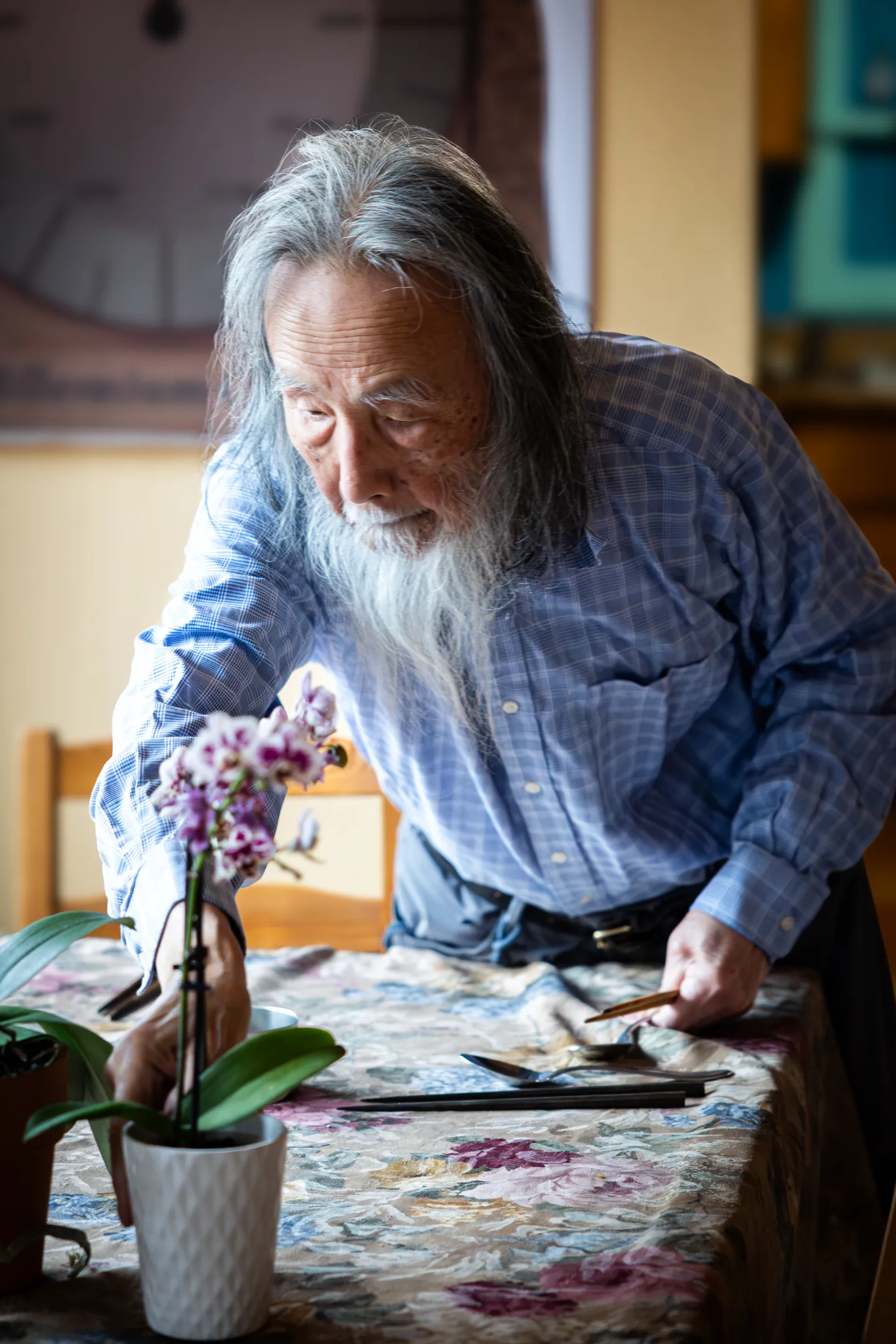
We All Need to Work Together
Is there a final message, story or invitation you would like to share with the Musubi Academy audience?
We are in a very desperate situation in terms of environmental destruction, war, violence, and climate catastrophe, but I want to share an experience and insight from my own life.
I was living in San Francisco around 1979, translating Dogen into English. At one point, I thought this book may never be published because there may not be a world anymore.
There were Soviet missiles from submarines aimed at San Francisco along with many other cities in the United States. The tension between East and West was becoming stronger and stronger. The number of nuclear weapons was increasing and all-out war could happen anytime. I thought I may not wake up in the morning. Humans had developed the capacity of flattening the surface of the globe multiple times. That was the situation. The dreadful nuclear arms race was real. That was the worst time in human history.
I talked to Richard Baker Roshi, the then abbot of San Francisco Zen Center. I was asked to translate dharma transmission documents. Dharma transmission is of course important, but I felt there may not be people to receive dharma transmission, so we should try to save people’s lives. I asked him to give me permission to form a nuclear weapons study group at Zen Center. We started by studying, but very soon the group became an action one. We started doing vigils in downtown San Francisco, doing demonstrations, calling the White House, writing letters, having film shows, and inviting speakers to come and speak.
All that we did, still seemed a continuous failure. Things were getting worse and worse.
Then all of a sudden, the Berlin Wall fell down, by mistake. An East German spokesperson made a wrong announcement and an enormous number of people from the East rushed into West Berlin. Then the Soviet Union collapsed. Thus the nuclear arms race stopped. Only retrospectively we can see that everything we did was actually part of a breakthrough.
All things, even the small things that we felt were not working, that felt like a failure, were all parts of a larger breakthrough.
In the current time of crisis, many of us may feel that nothing is working.
Everything we are doing, however, even if we don’t feel the result, actually is part of the invisible breakthroughs. There are many reasons that we can hope for regaining sustainability in the future.
But we need all of us working together. Otherwise we will no longer survive. Each of us is facing the challenges of how we use this one life.
